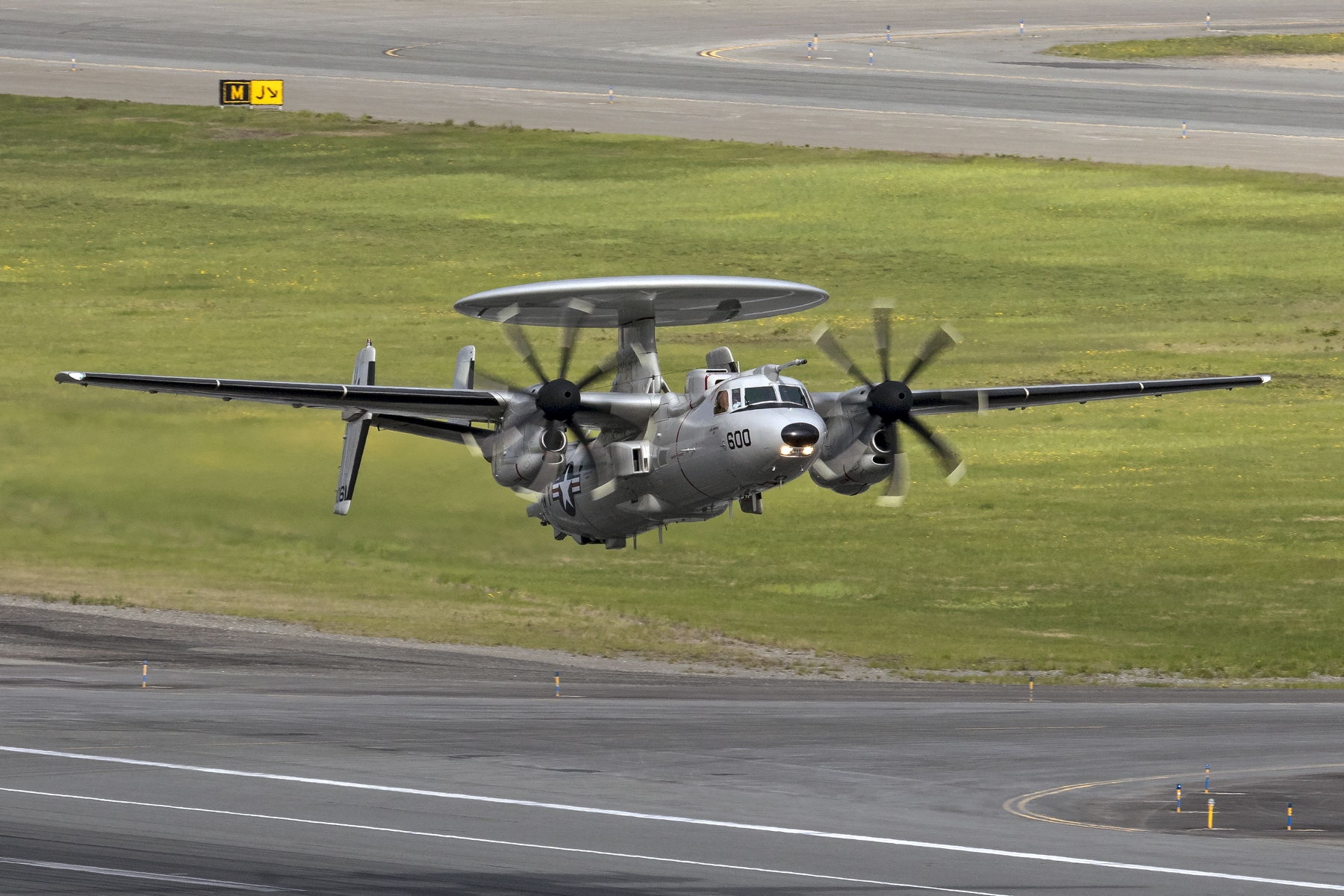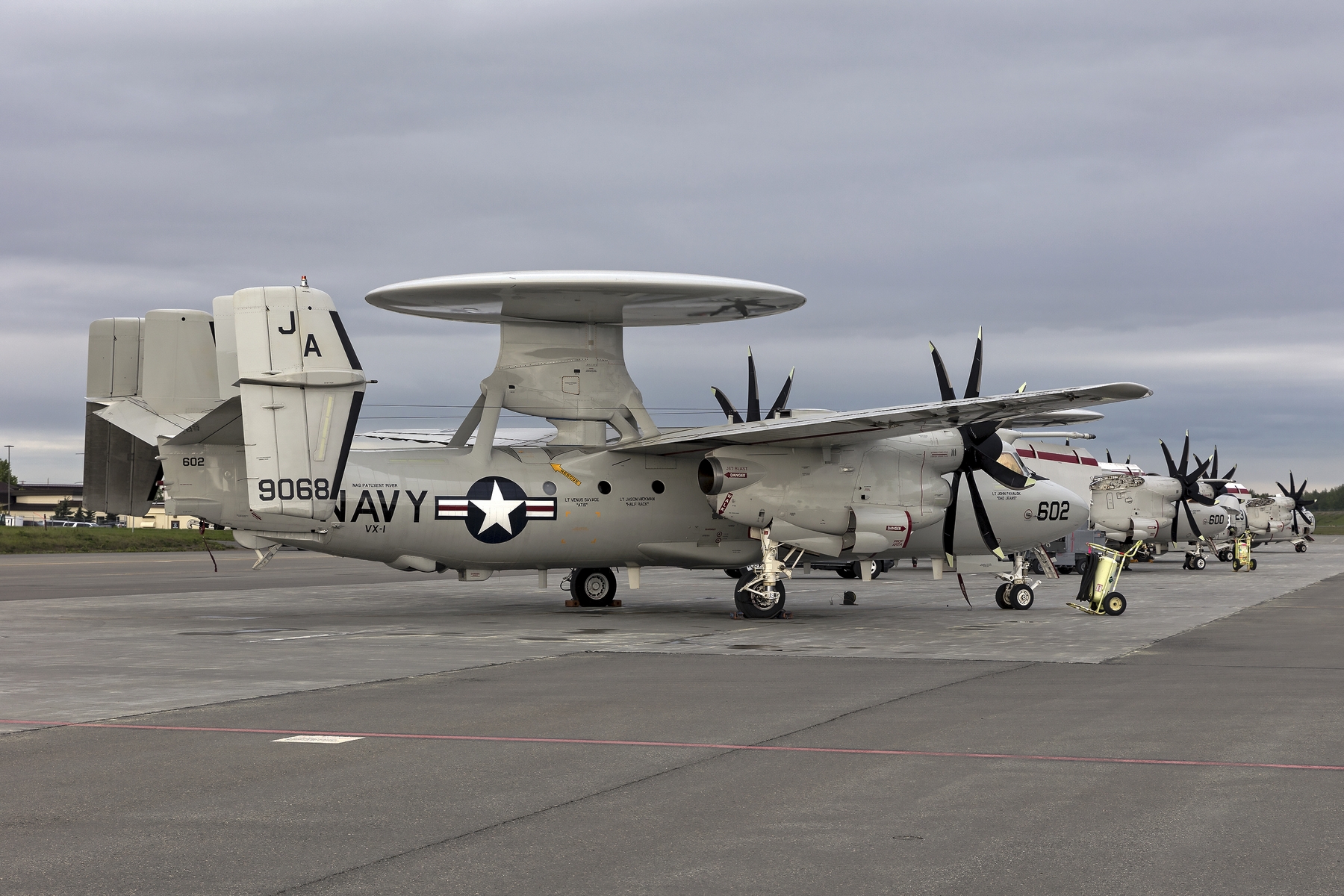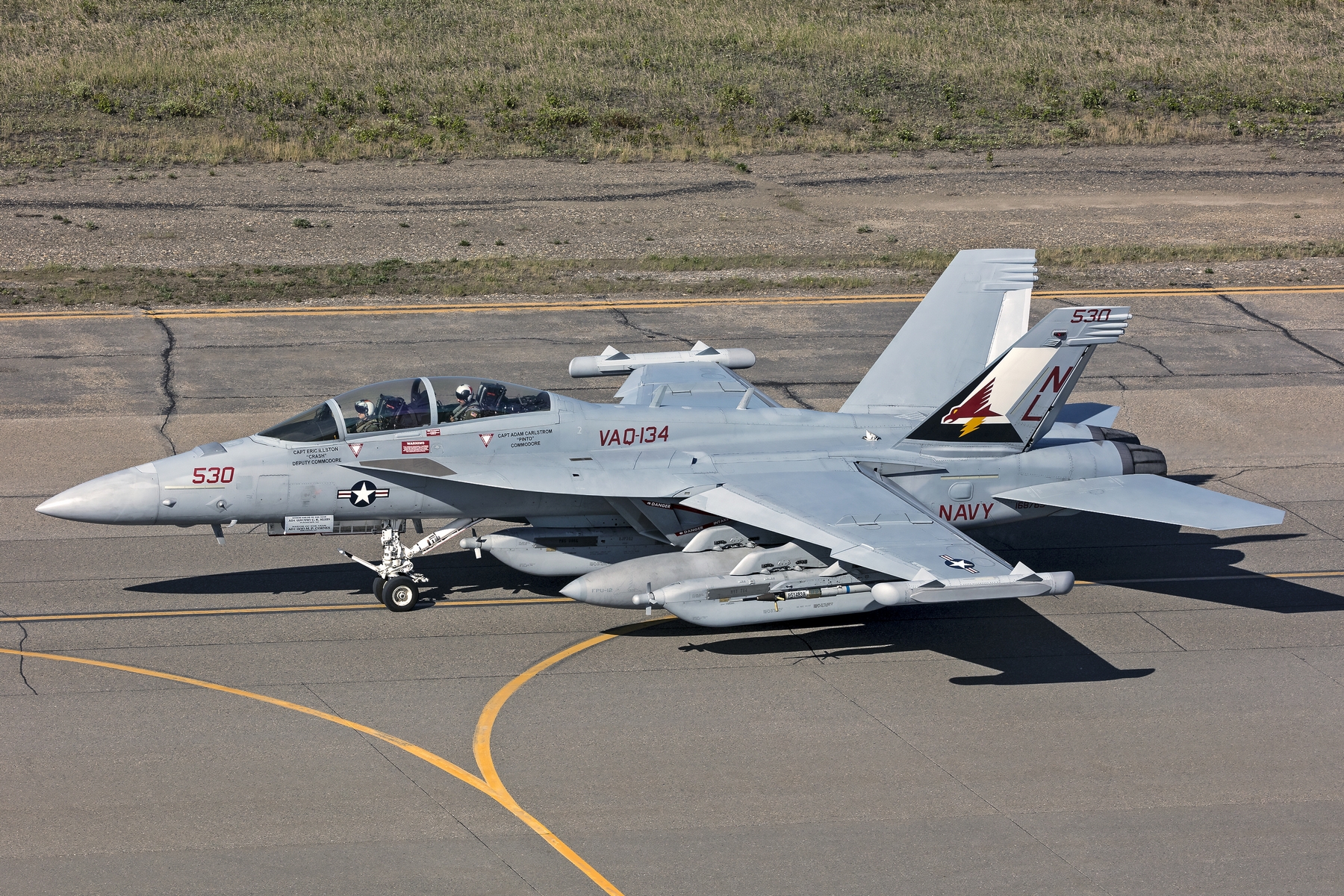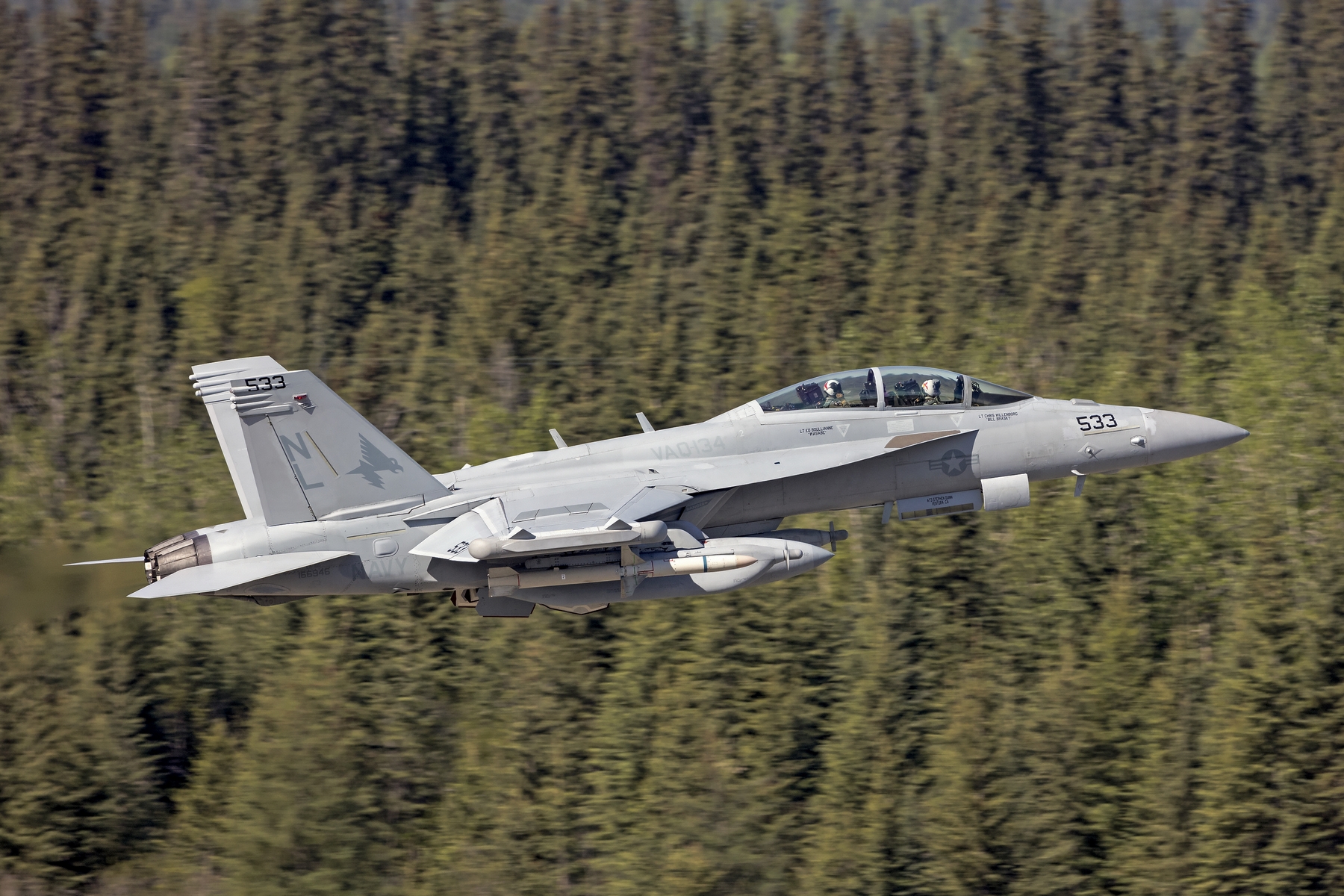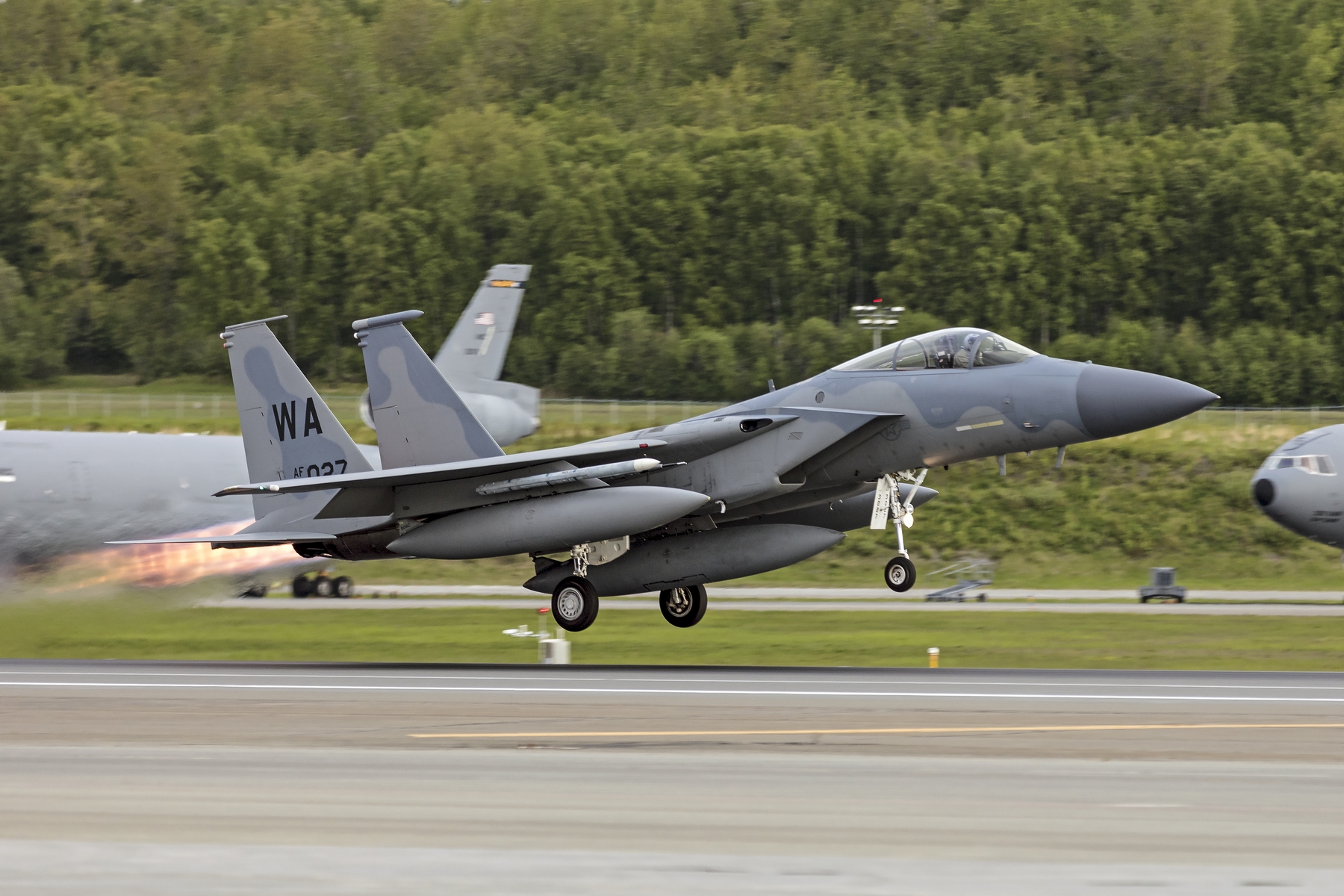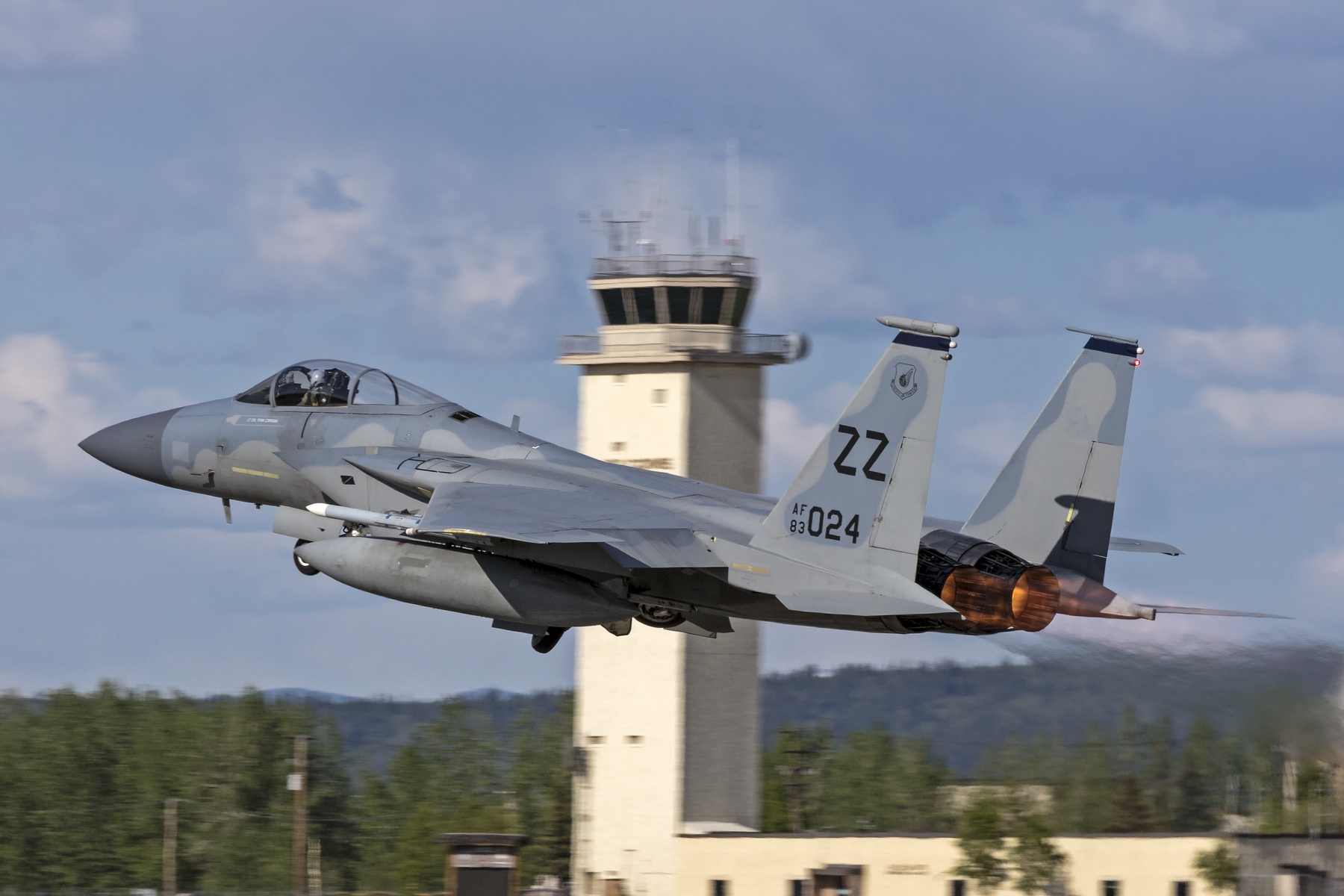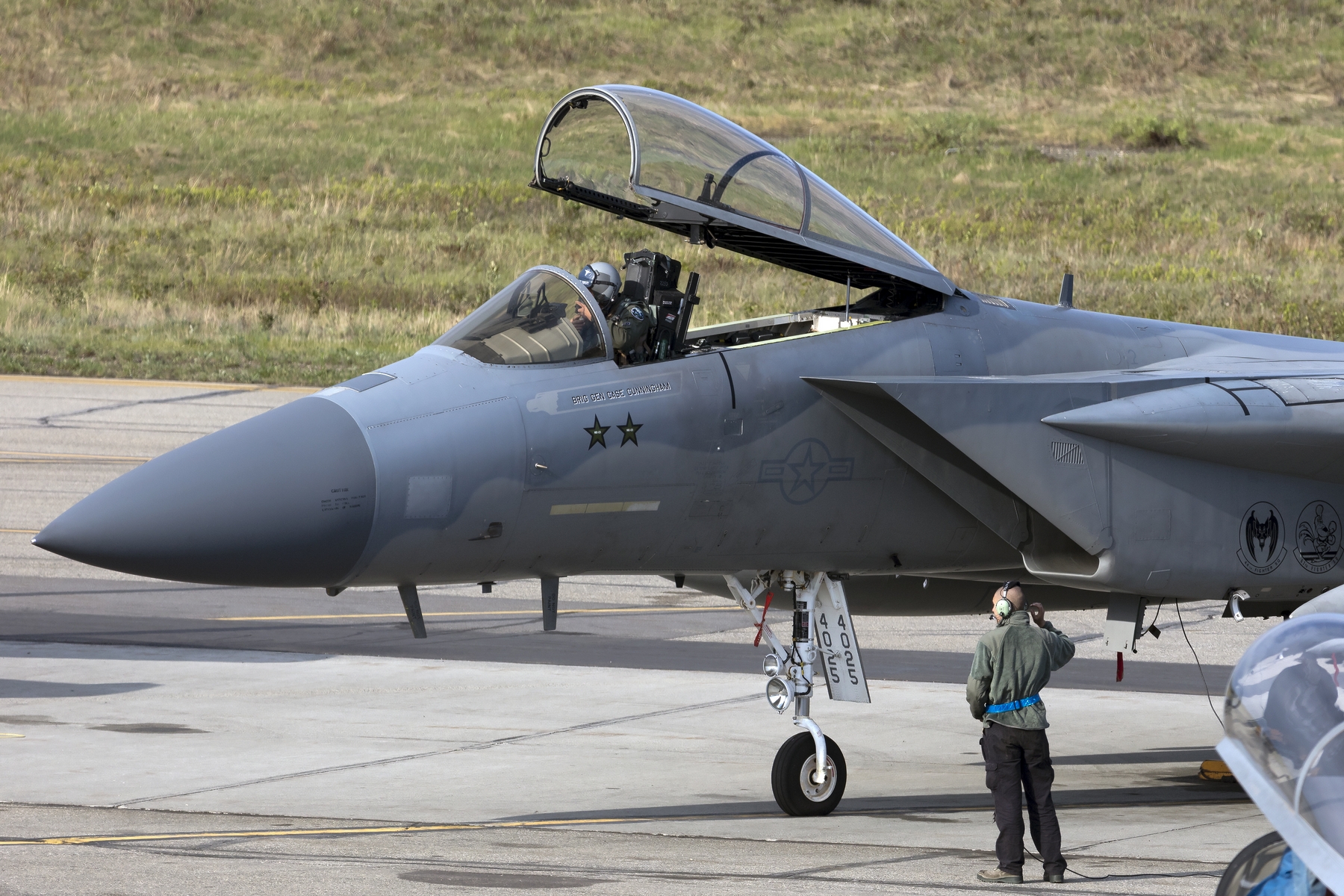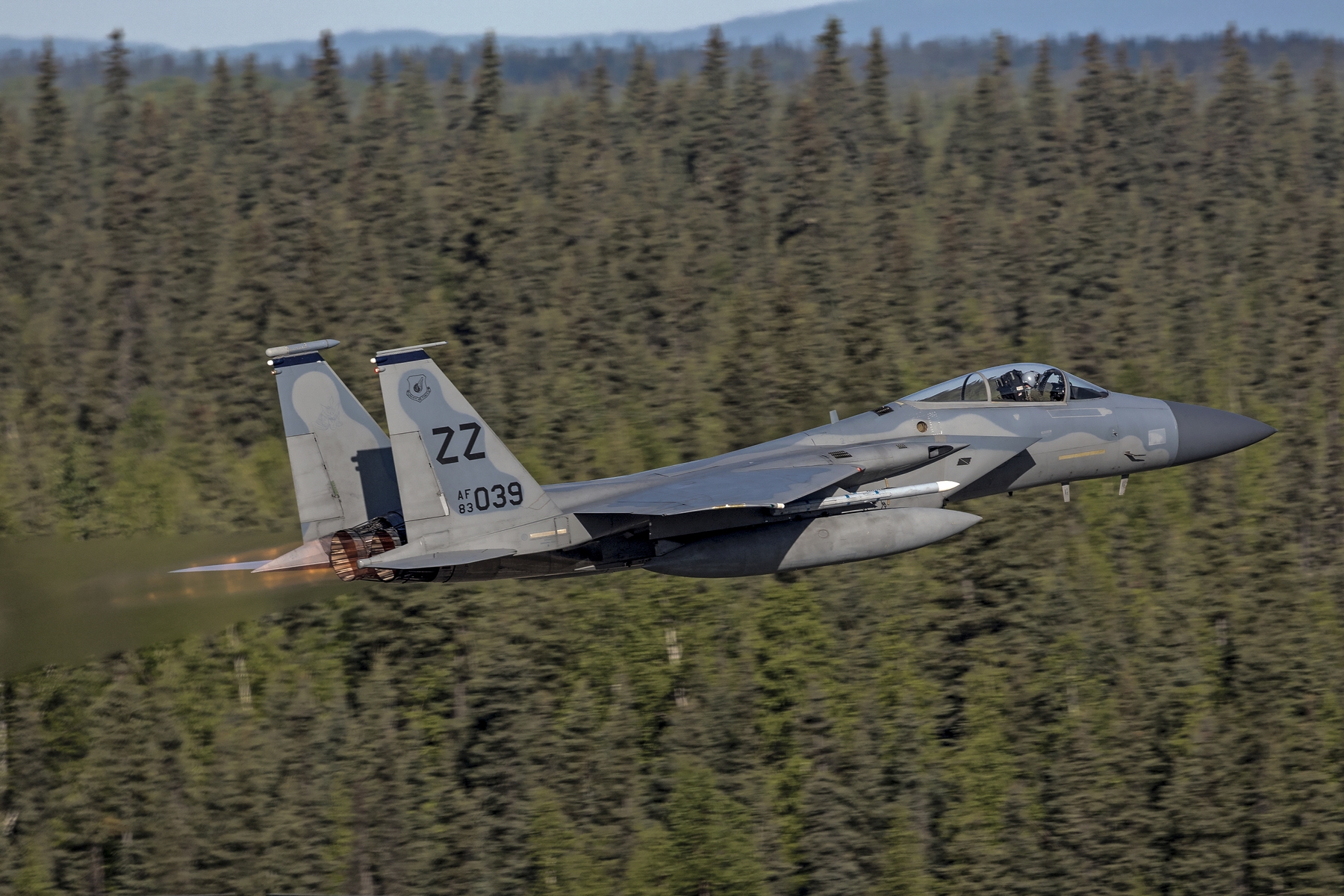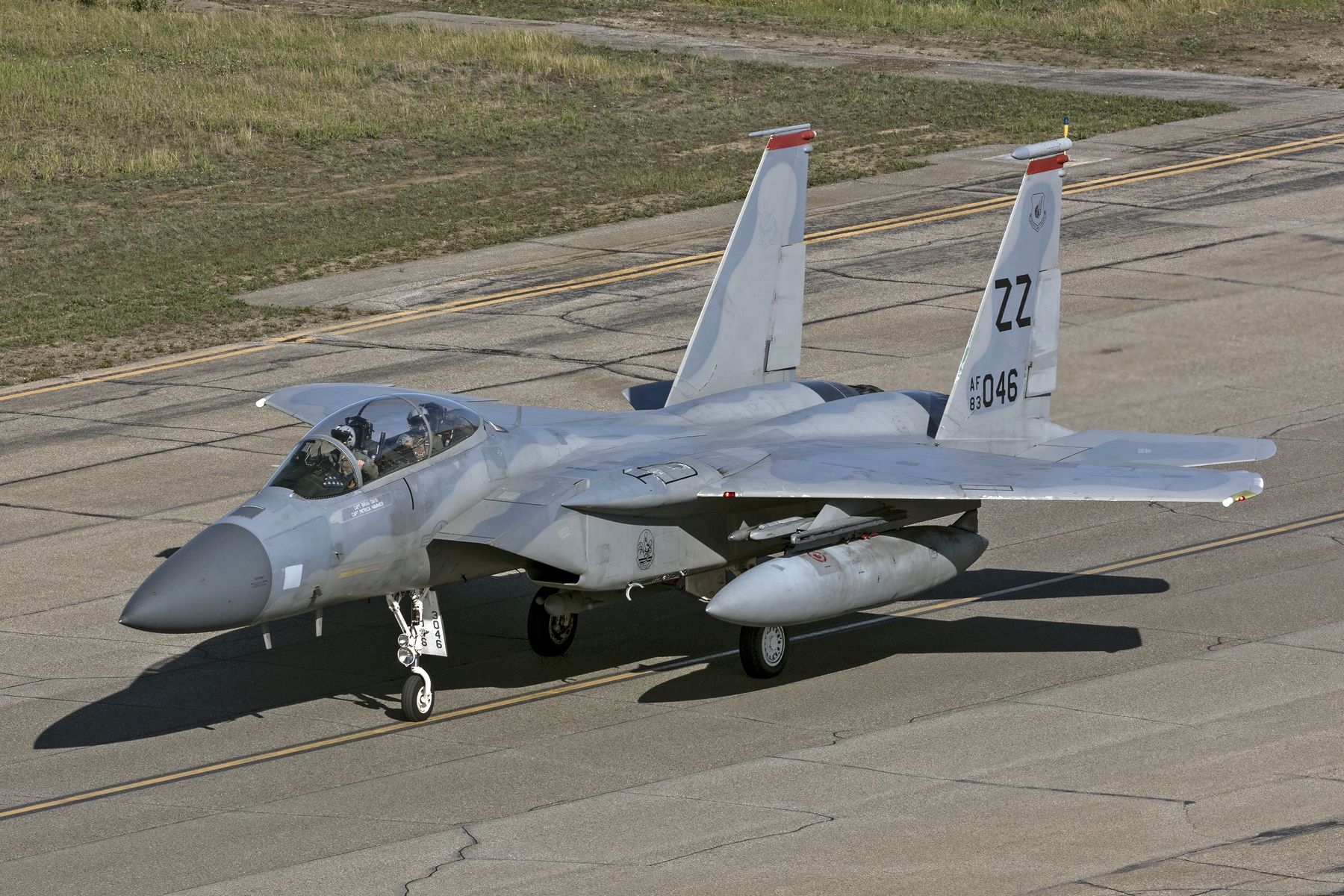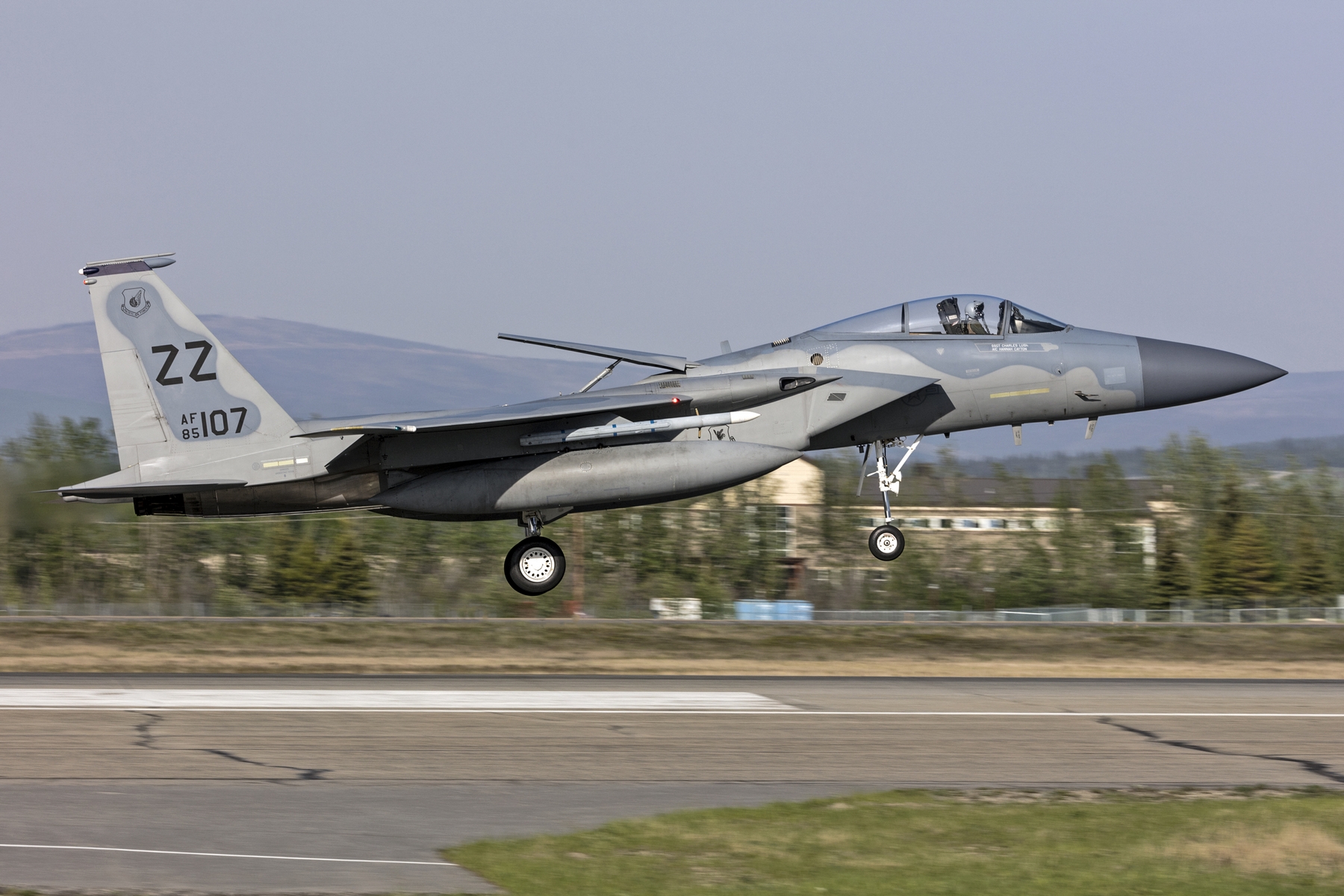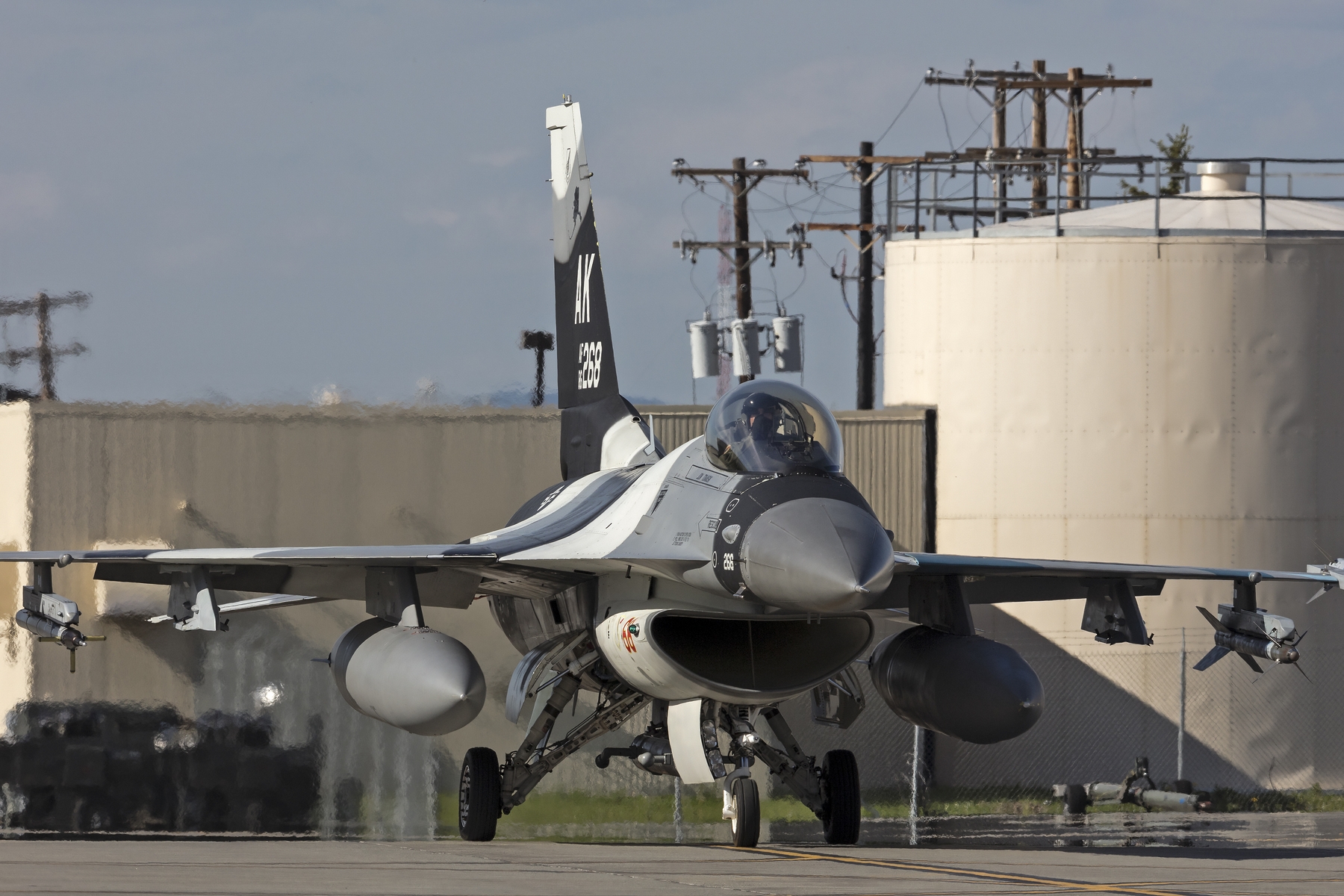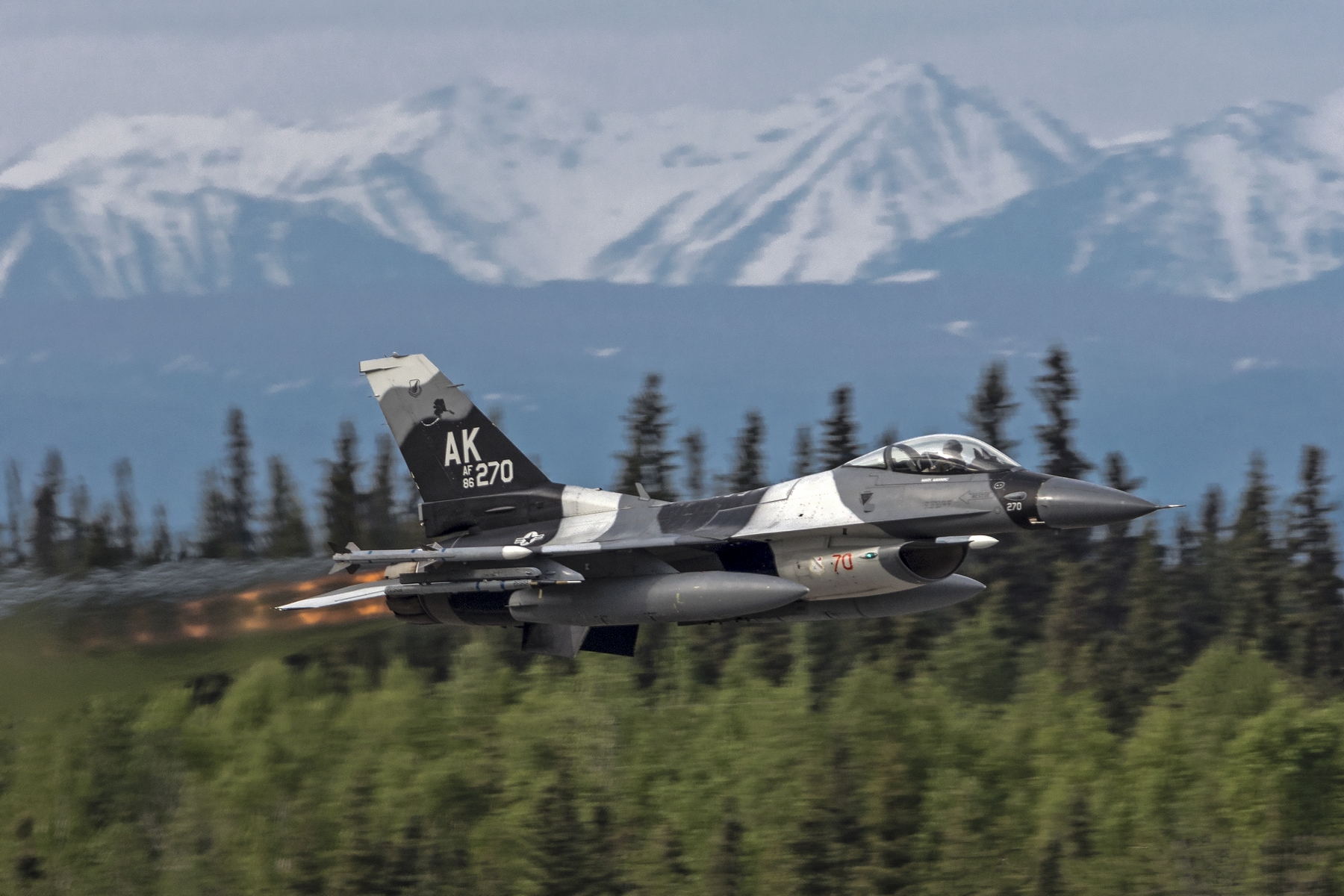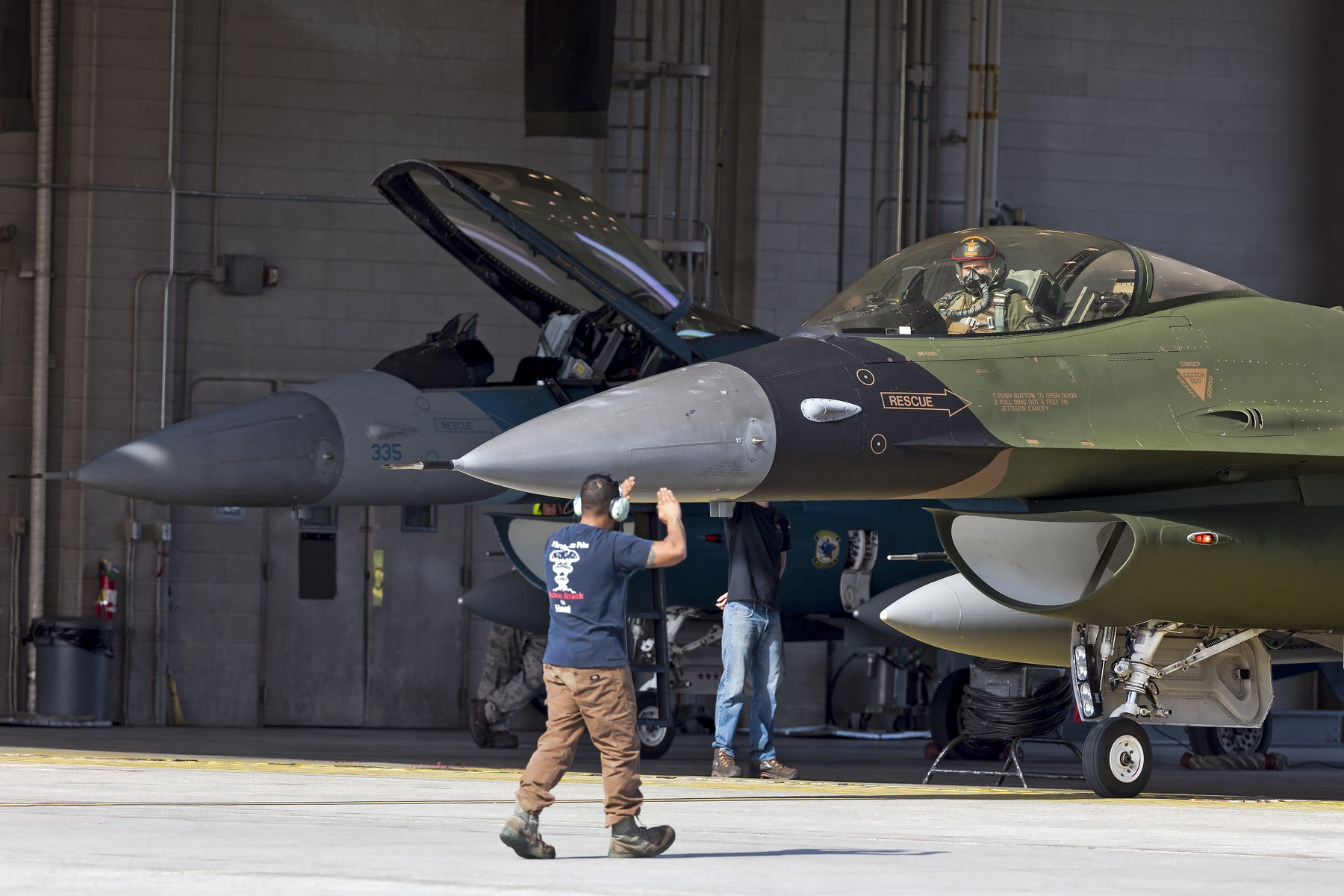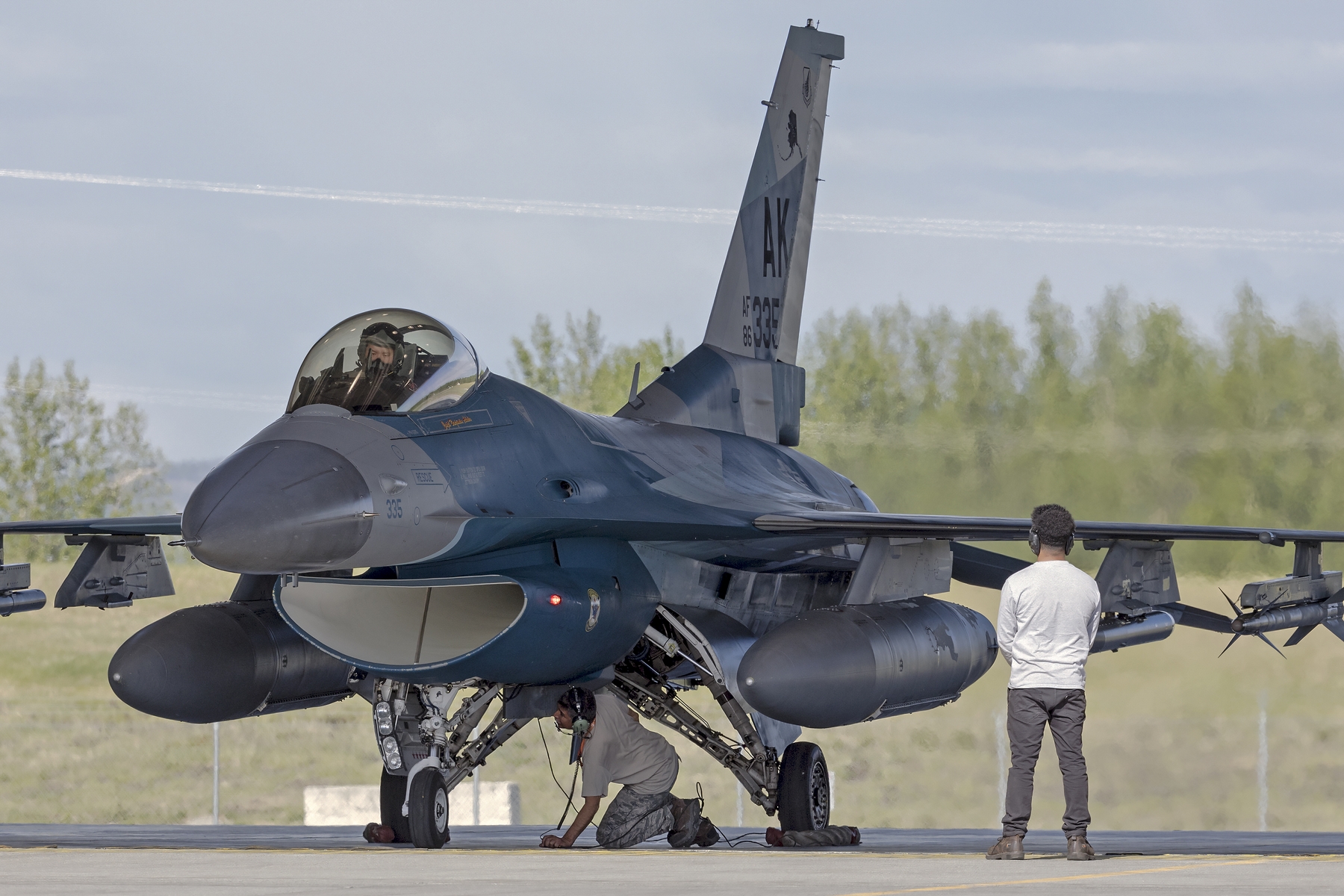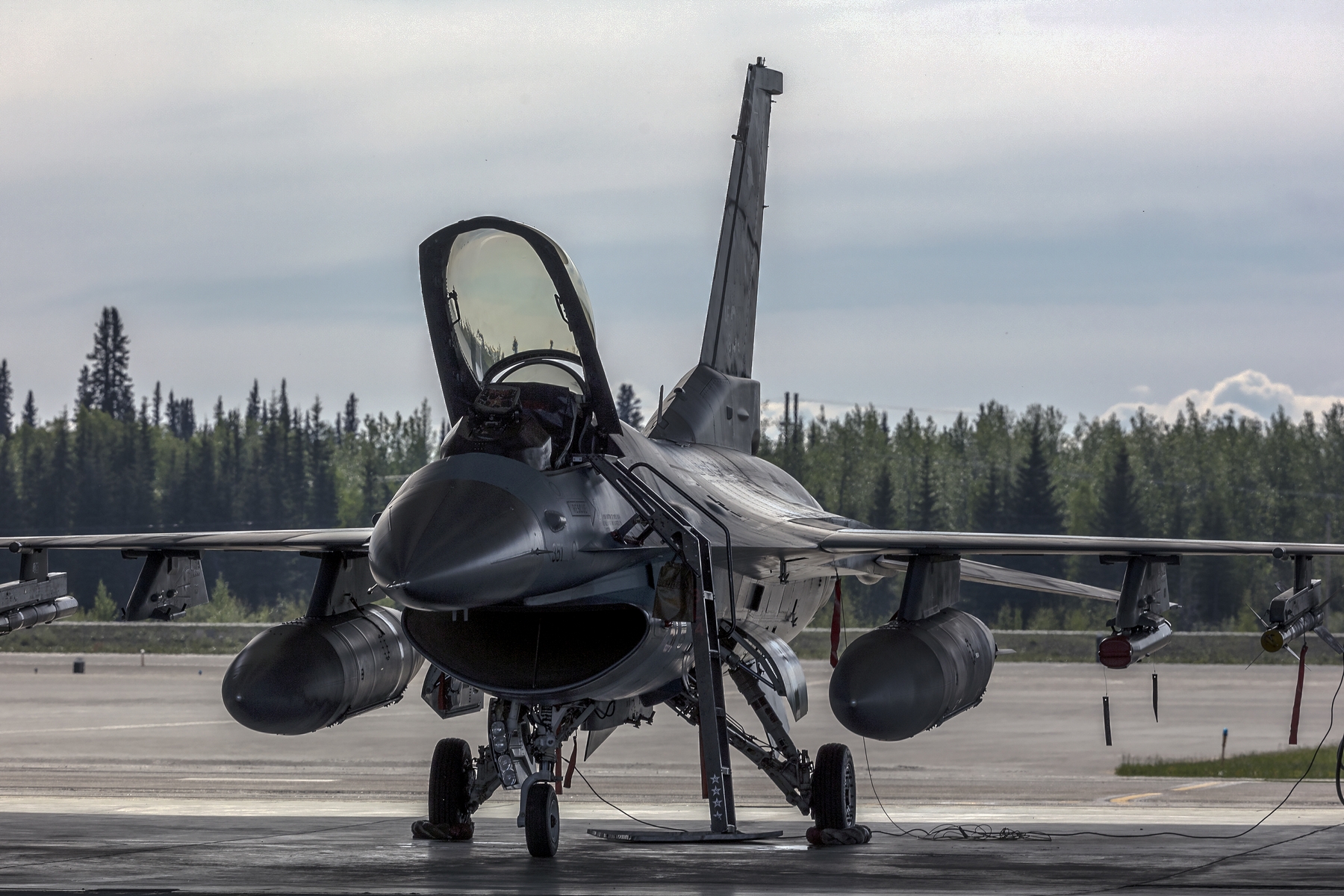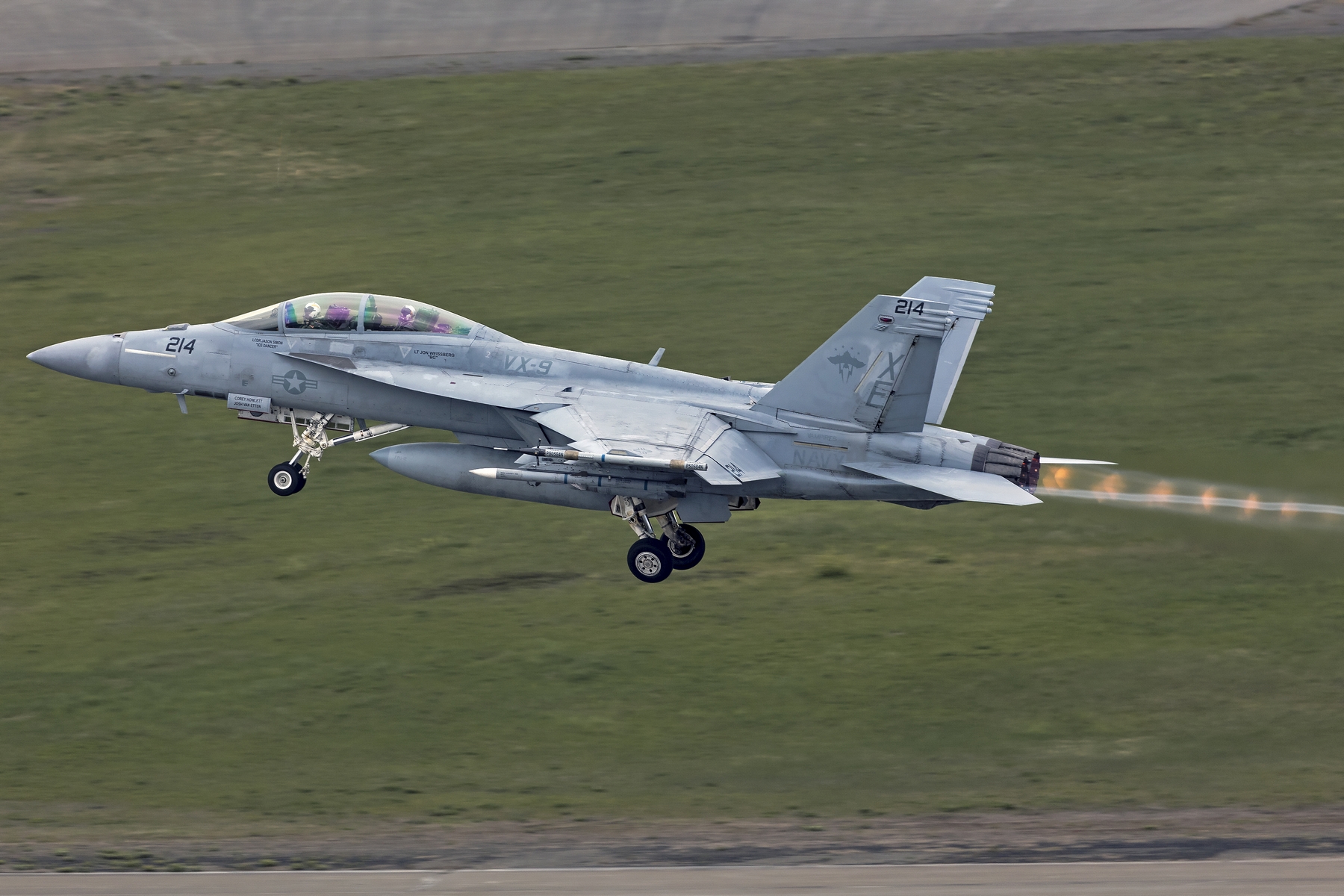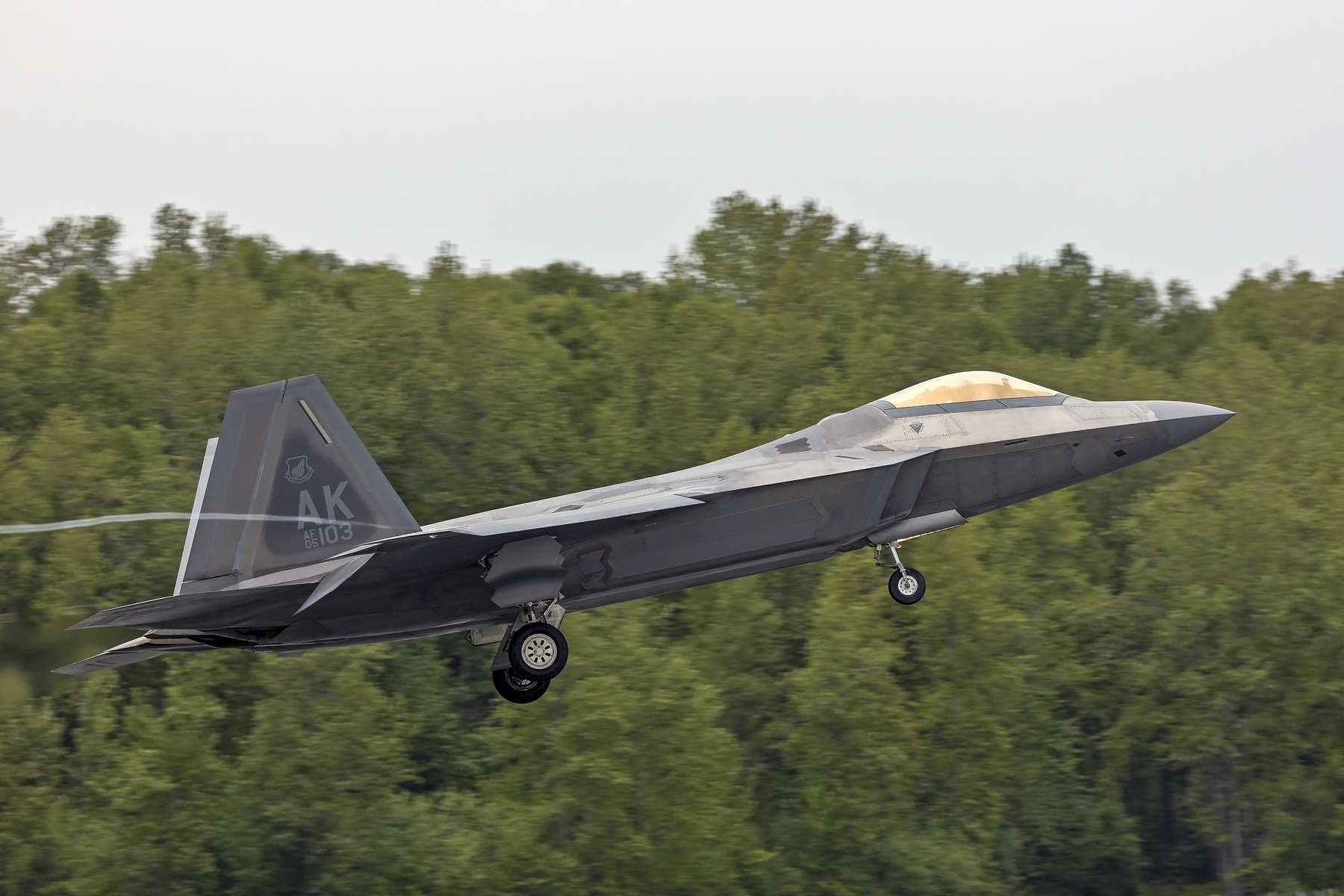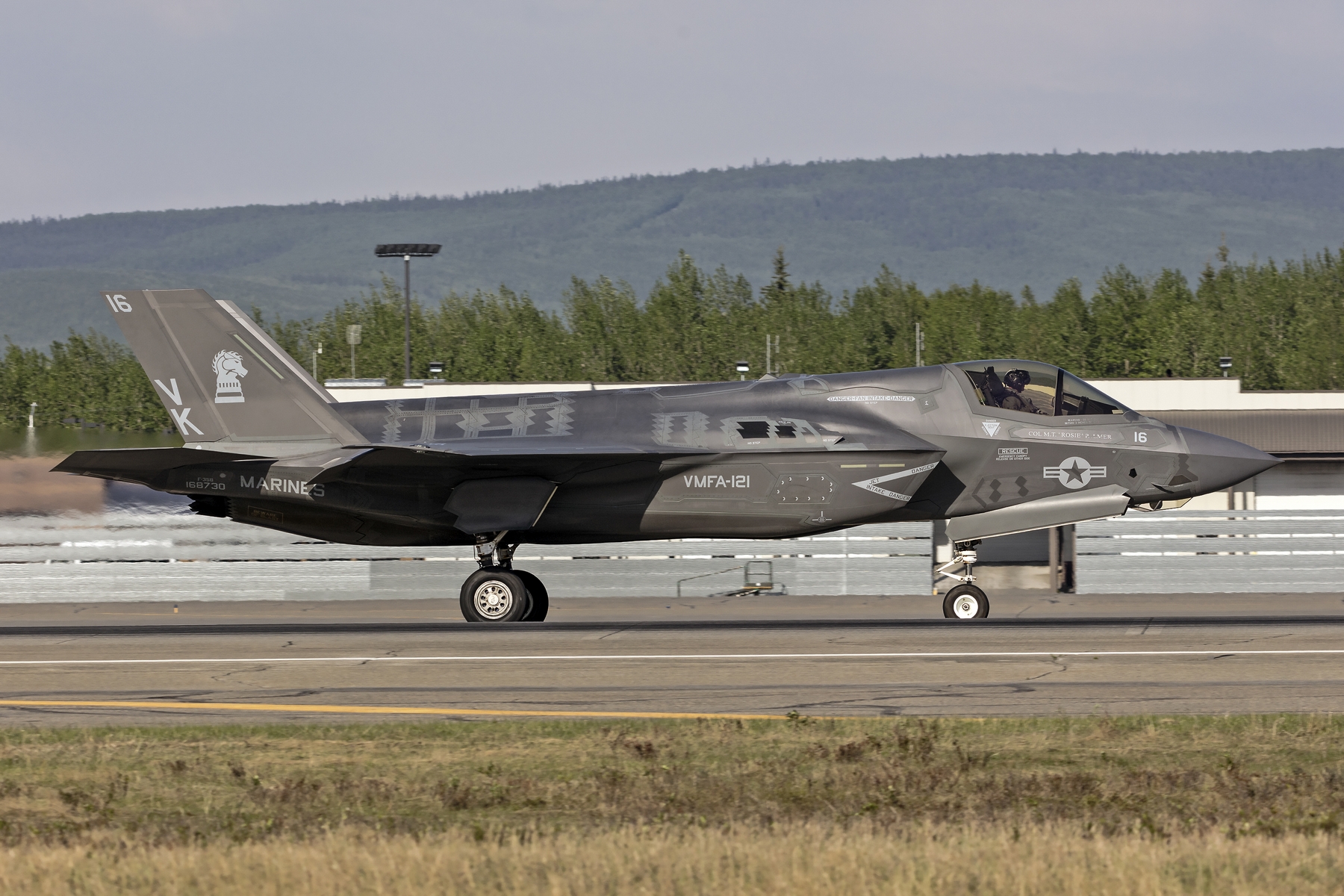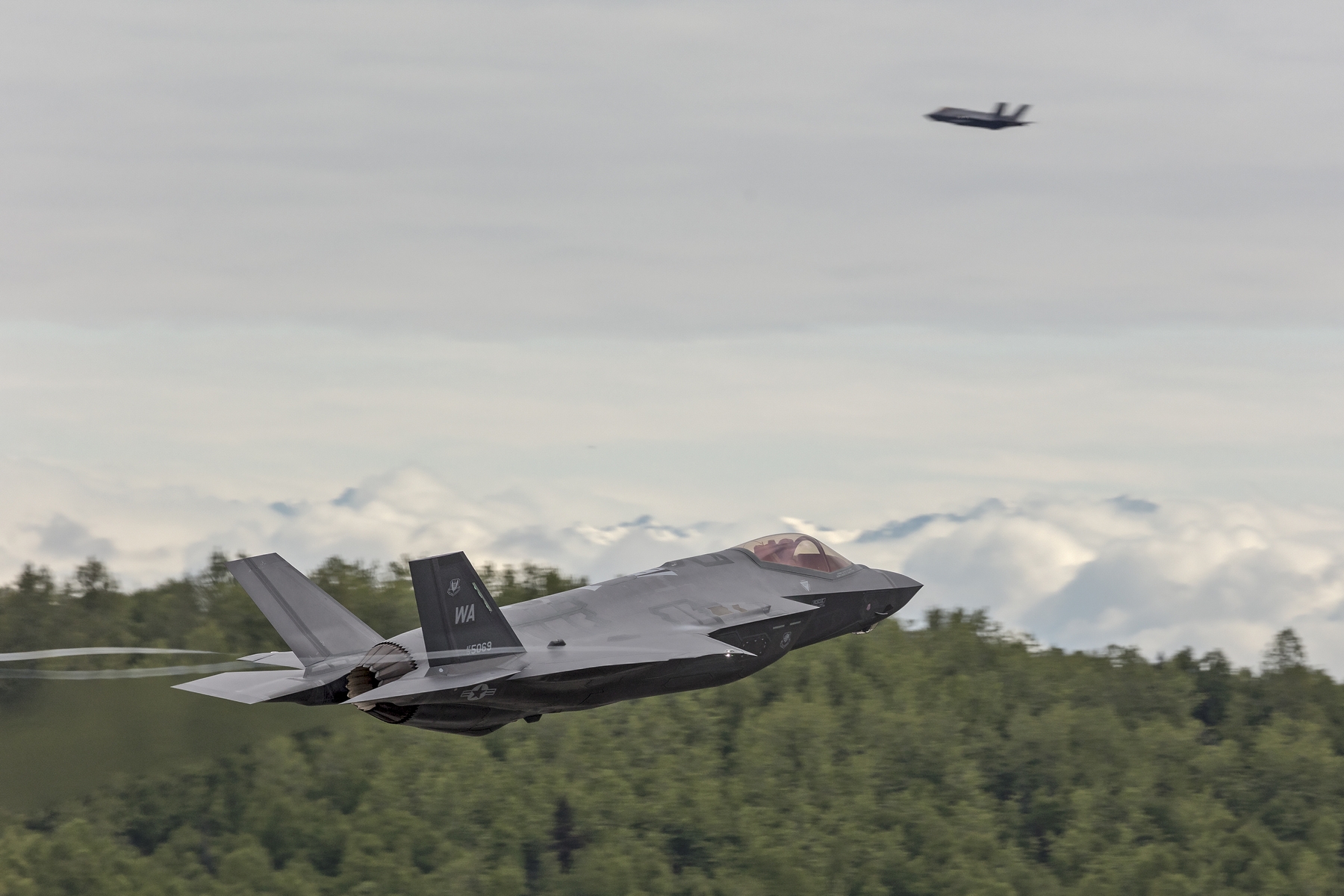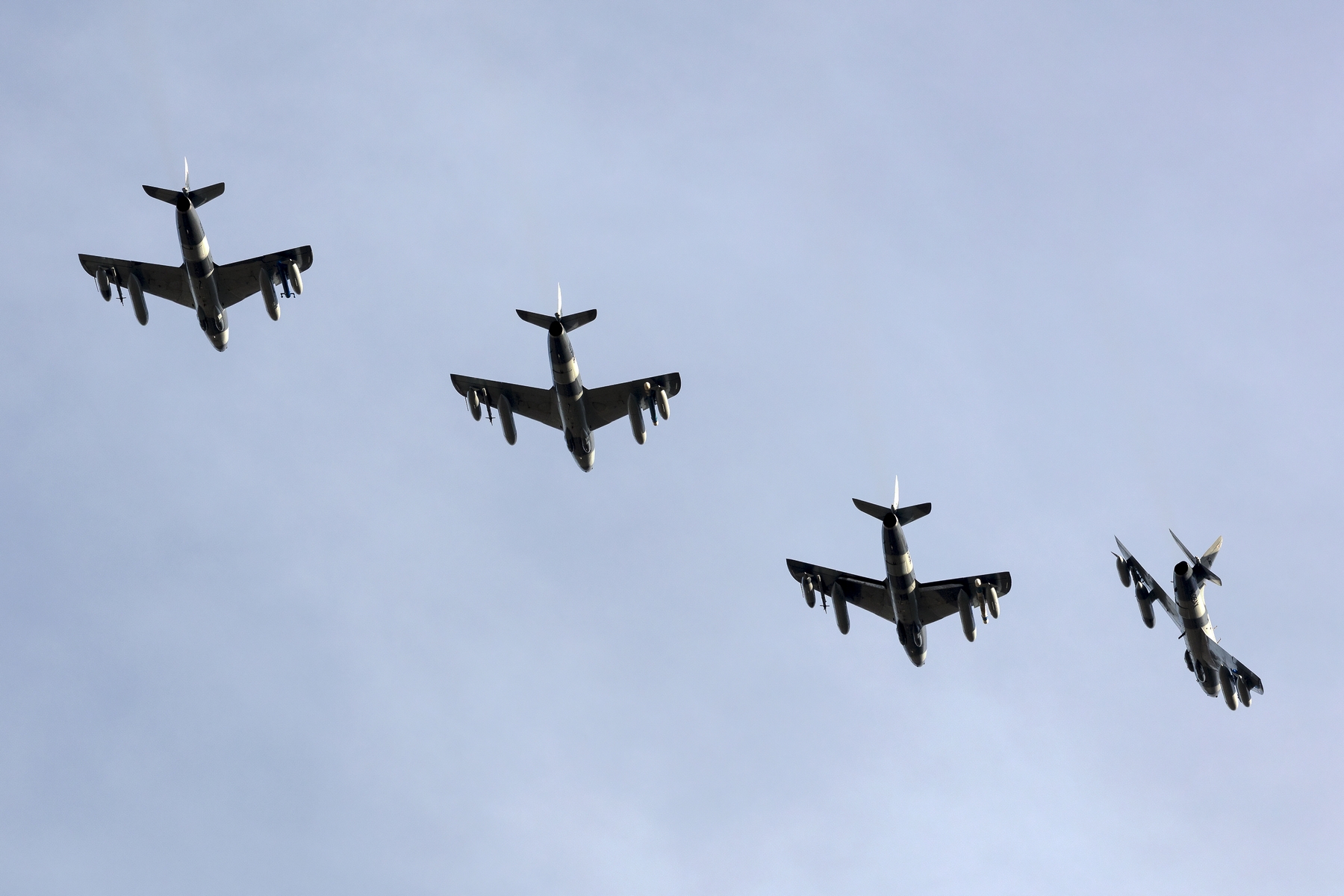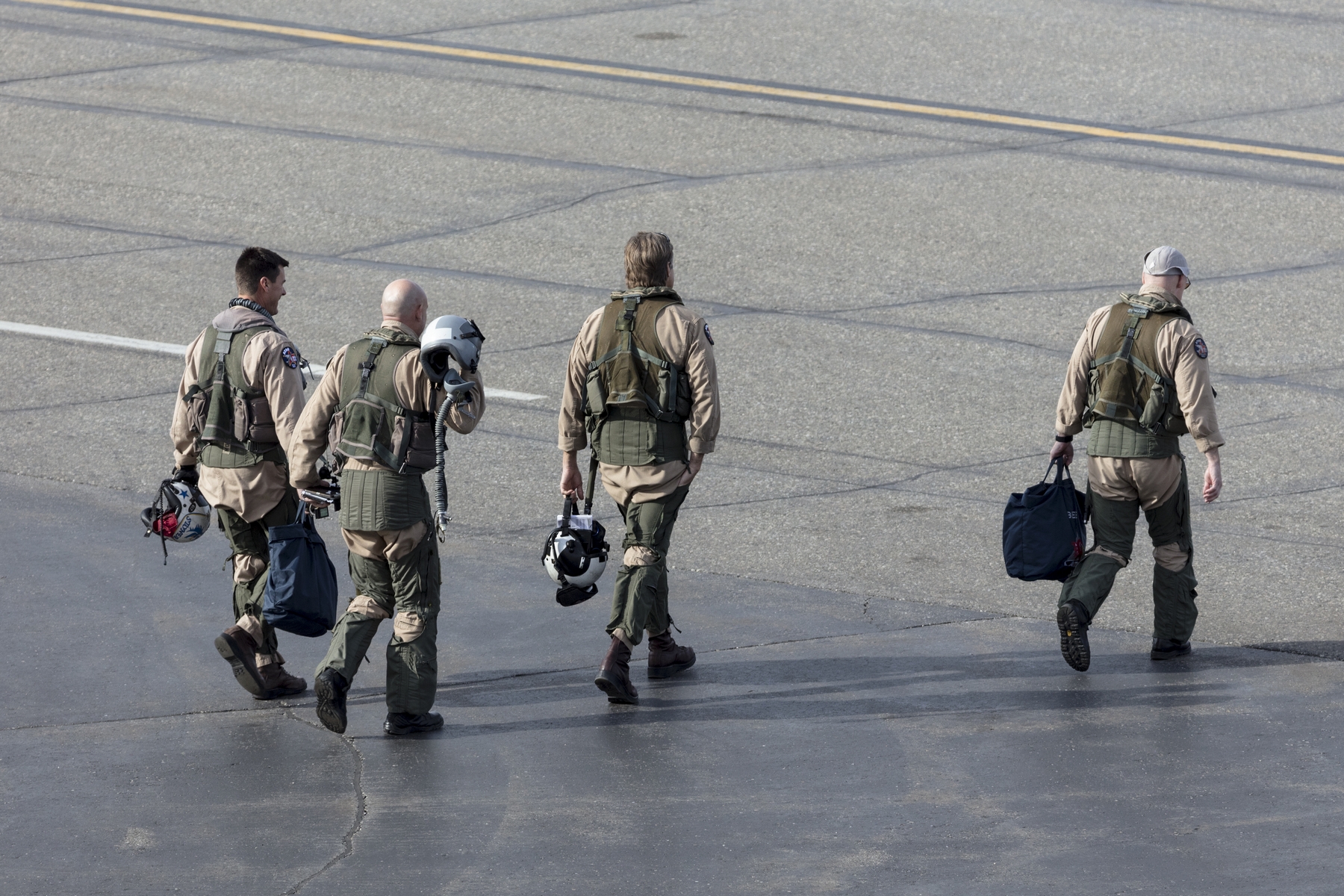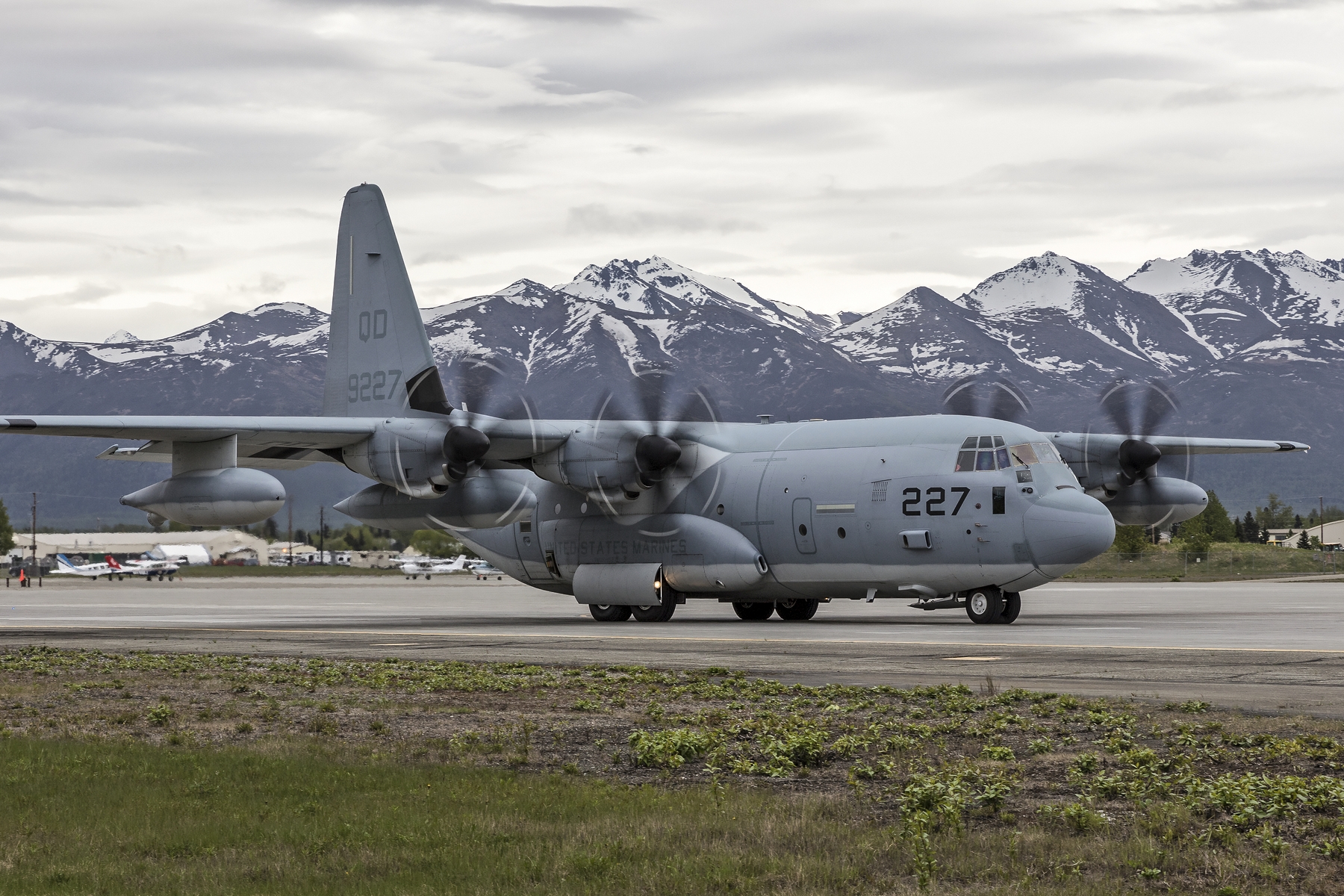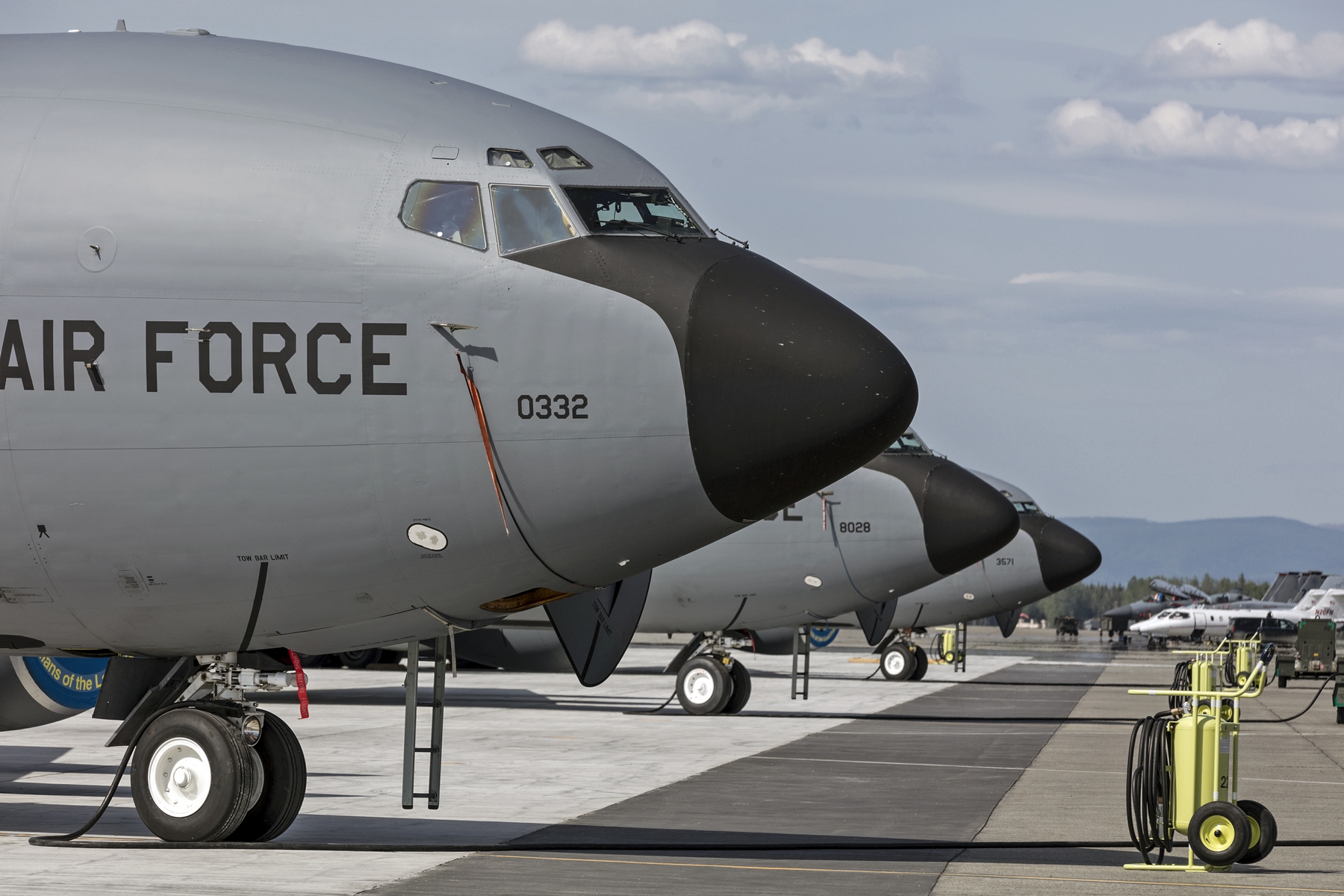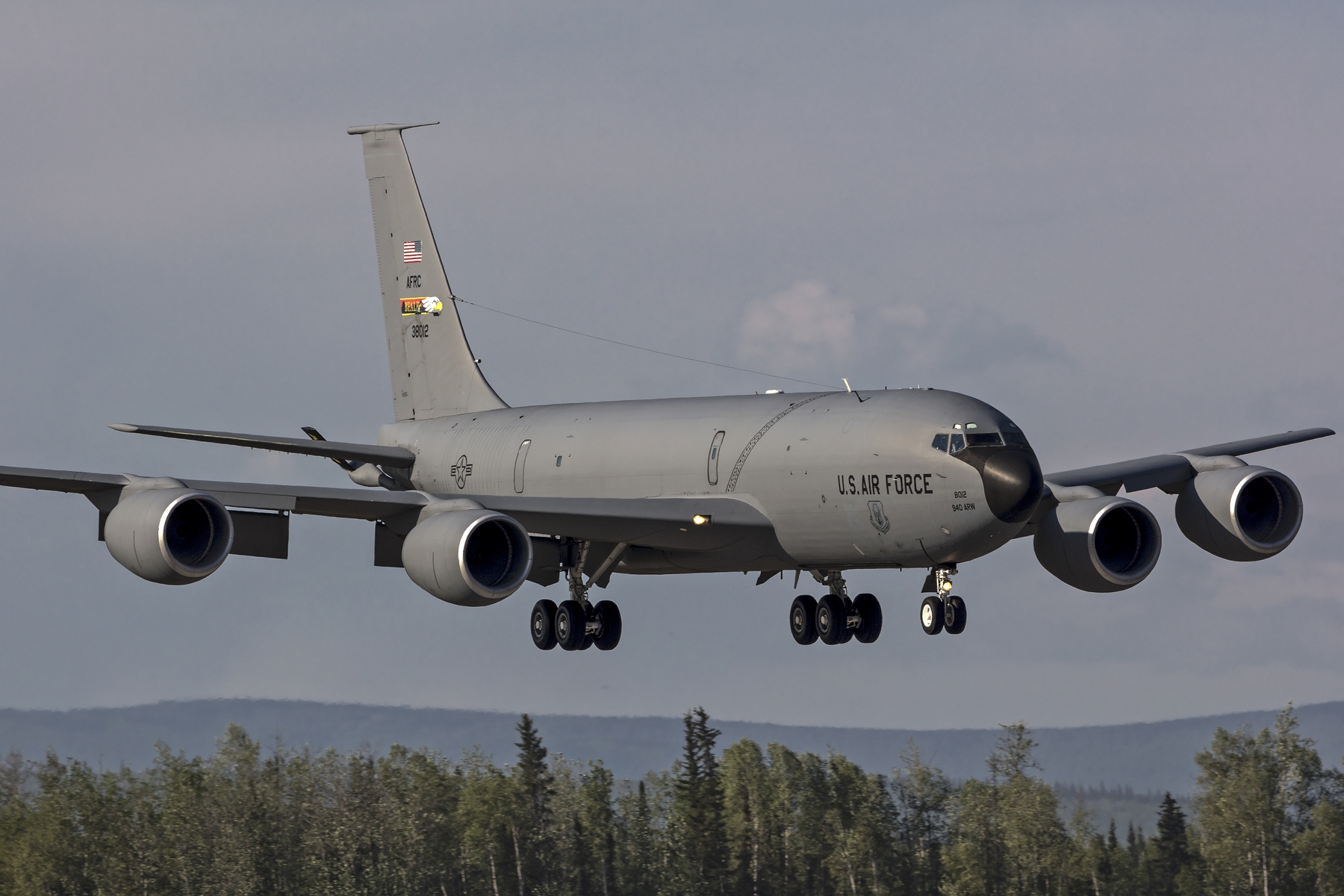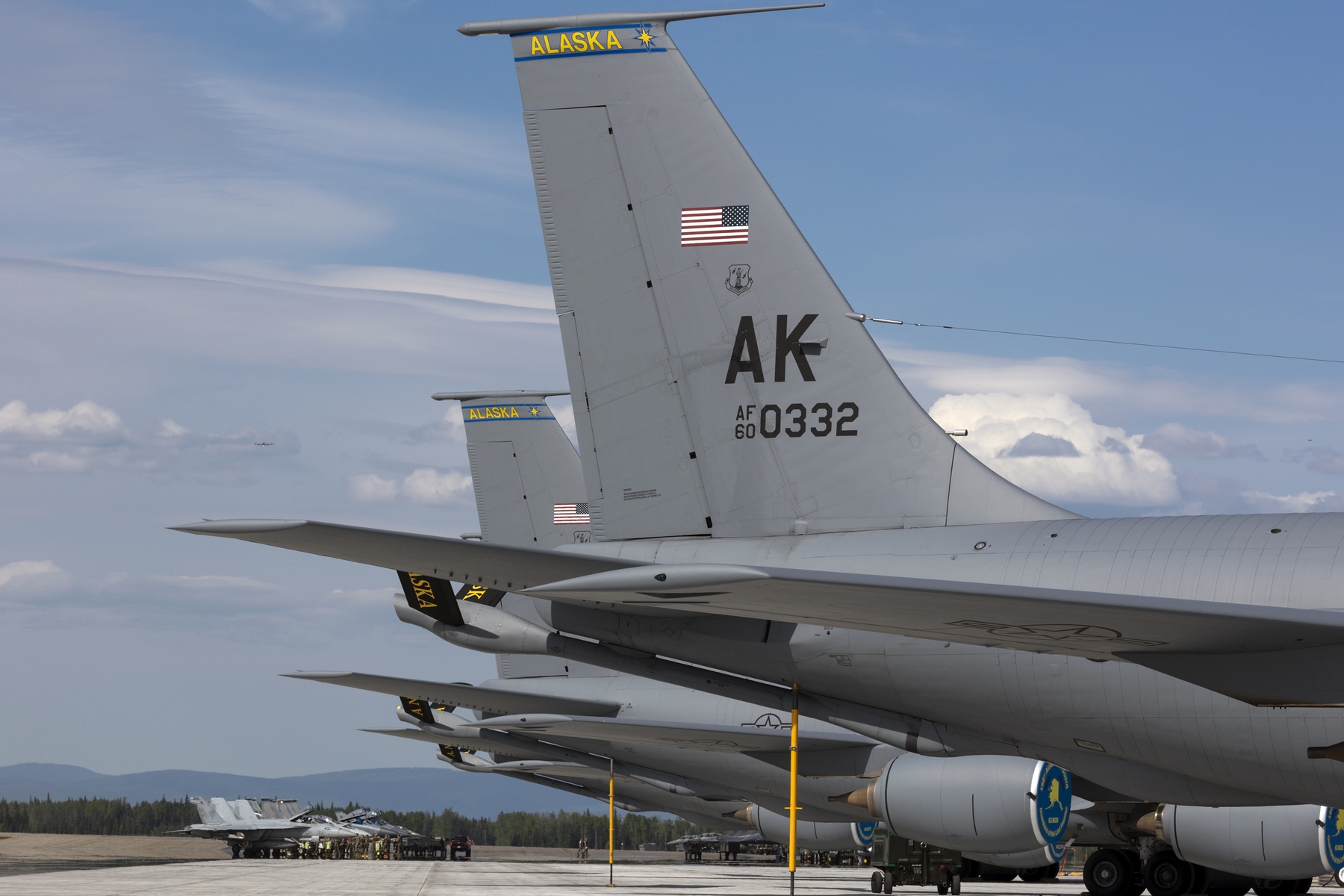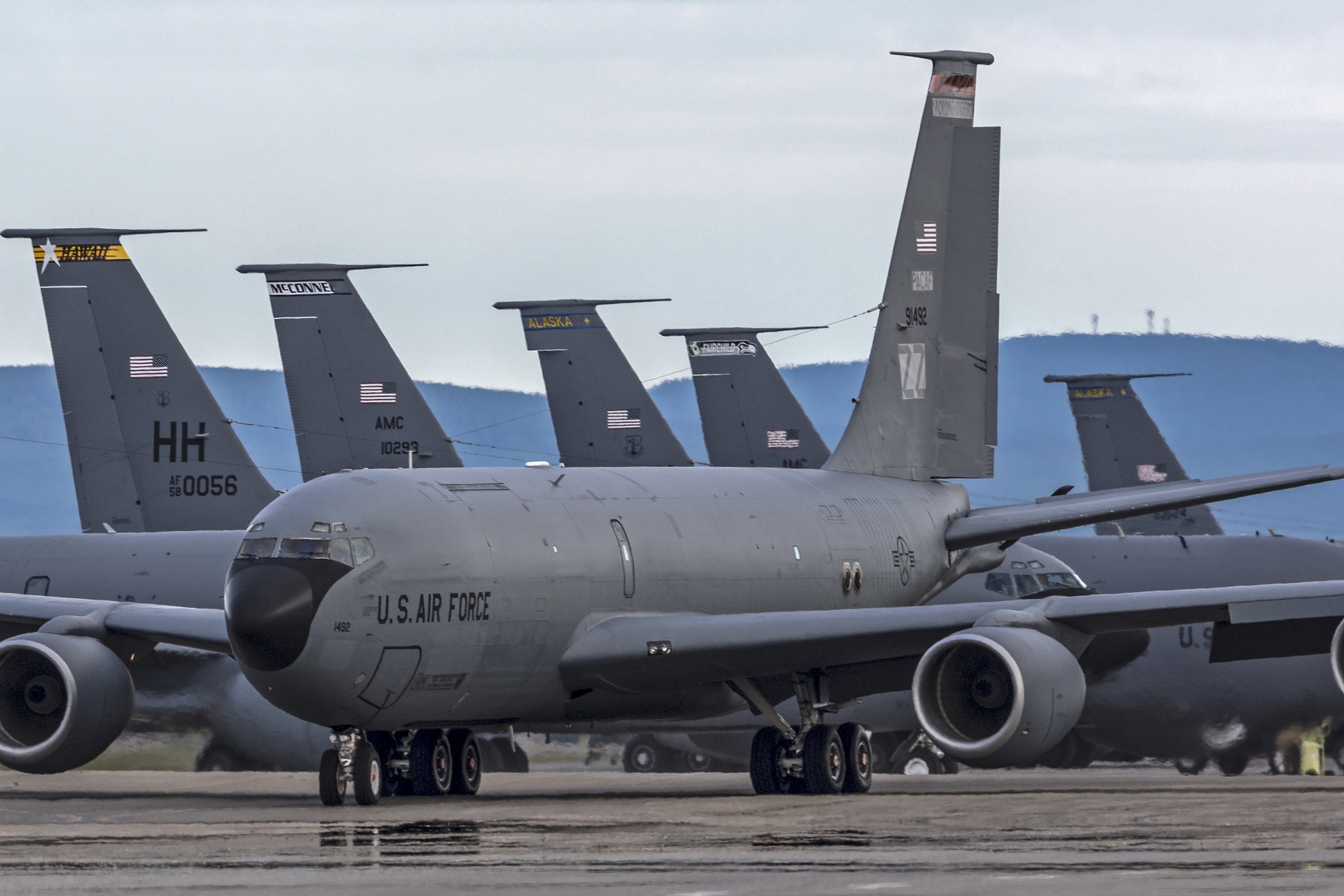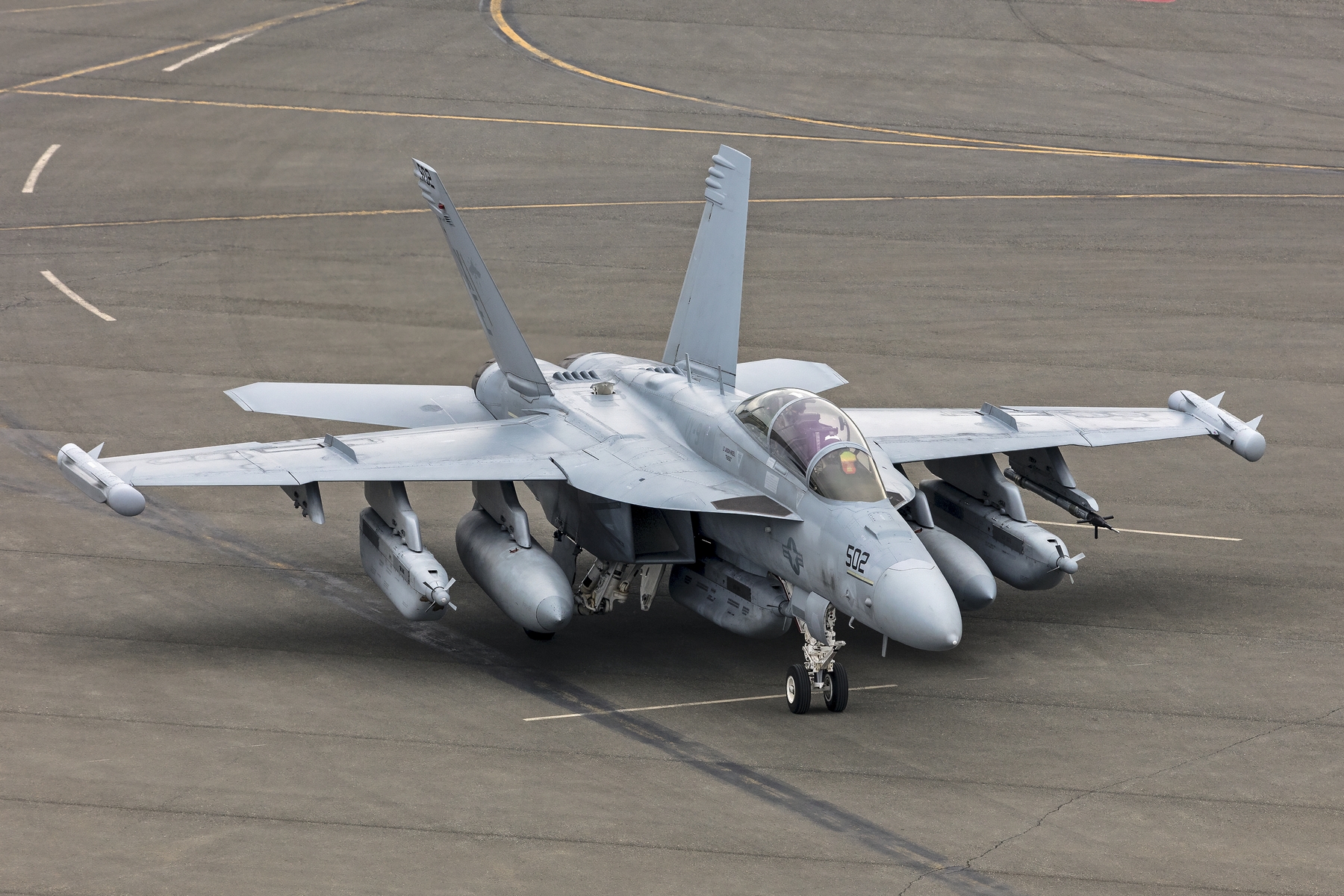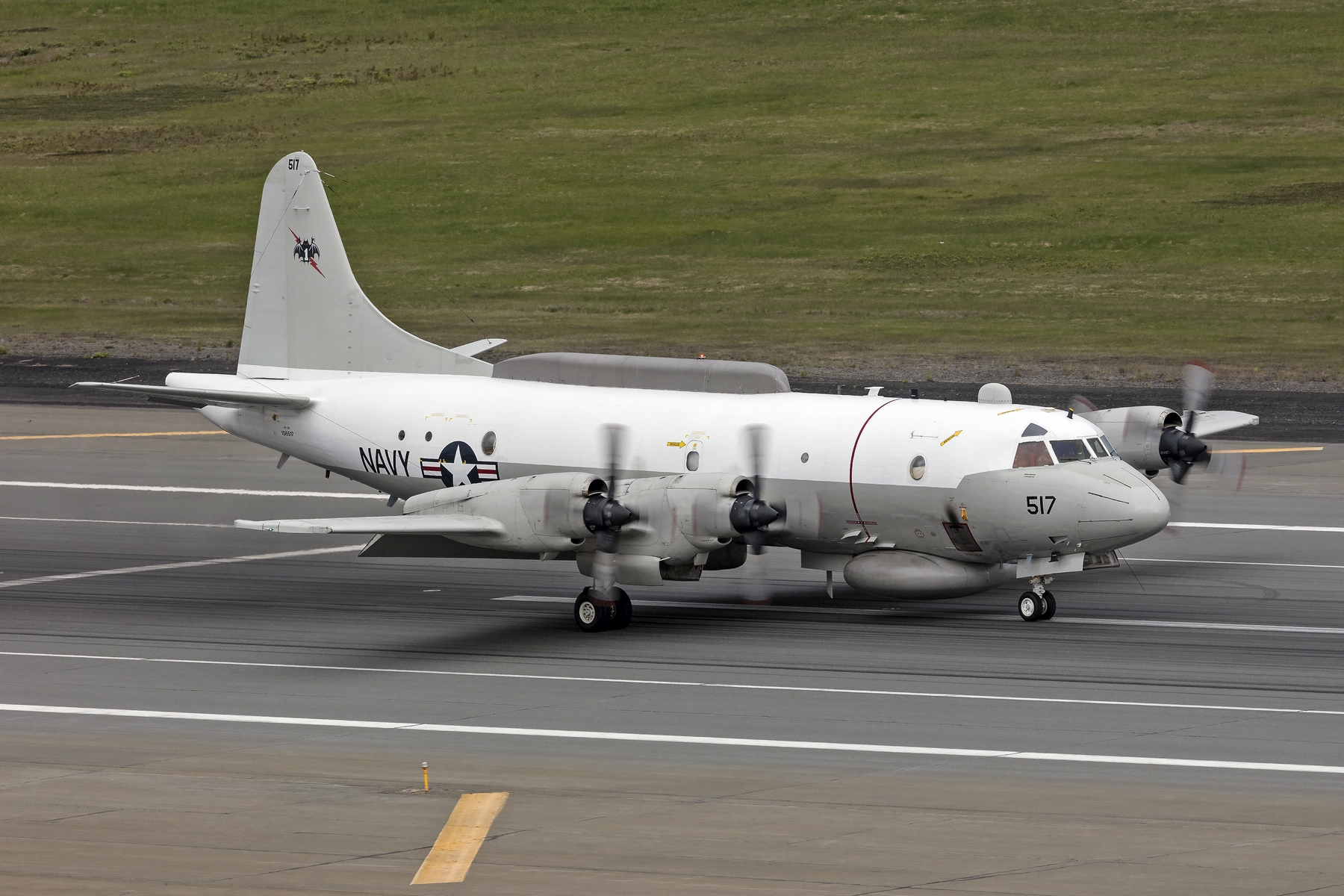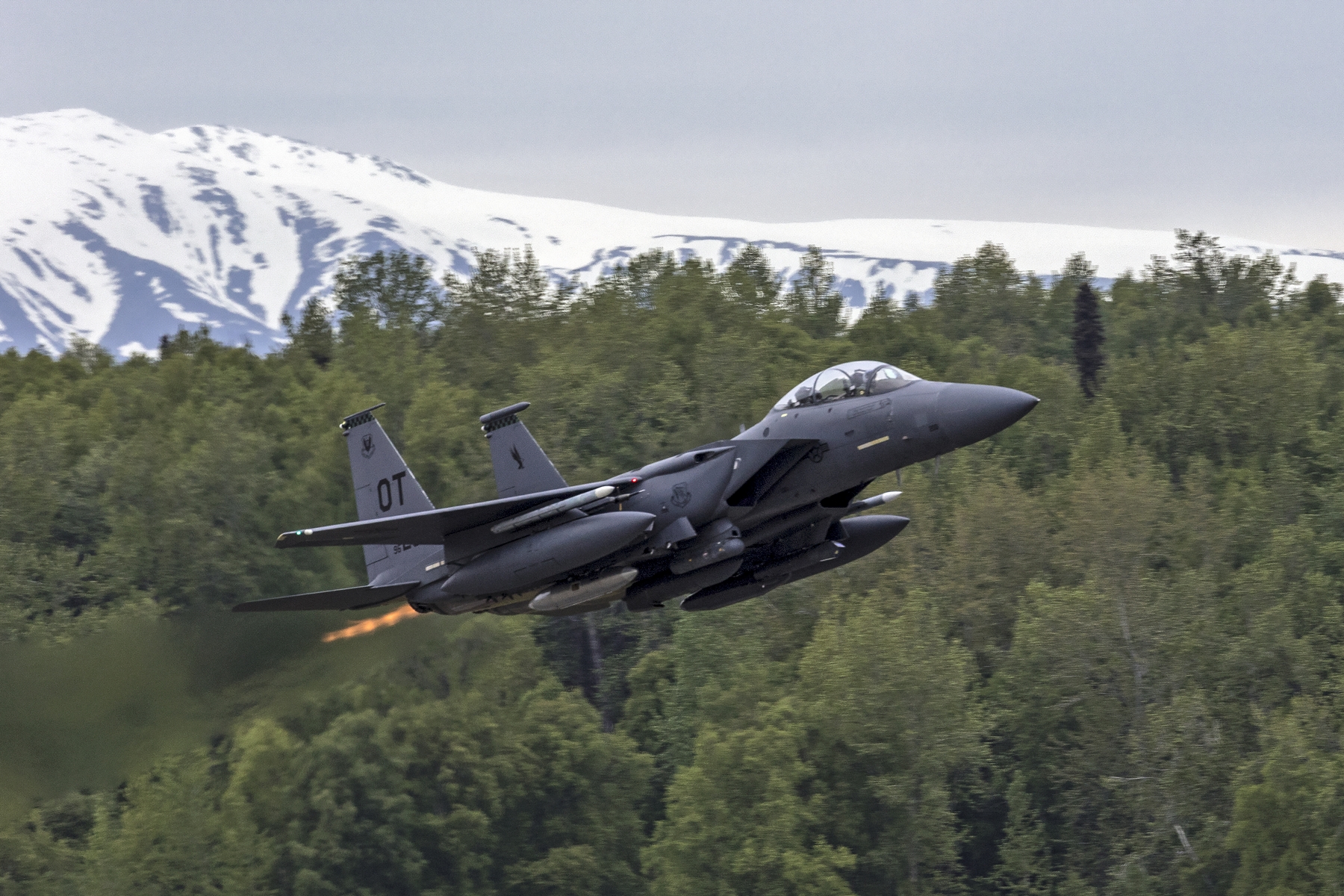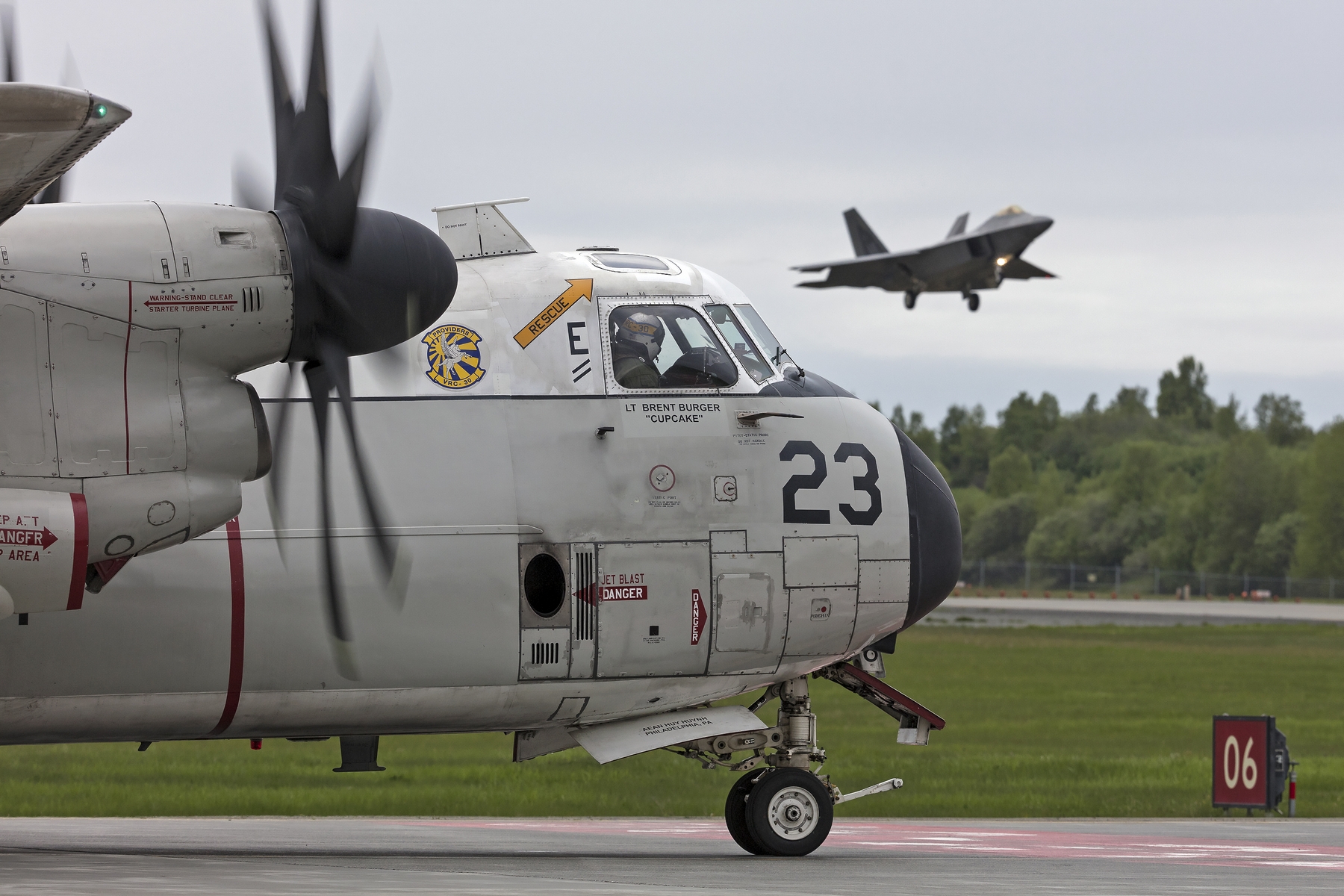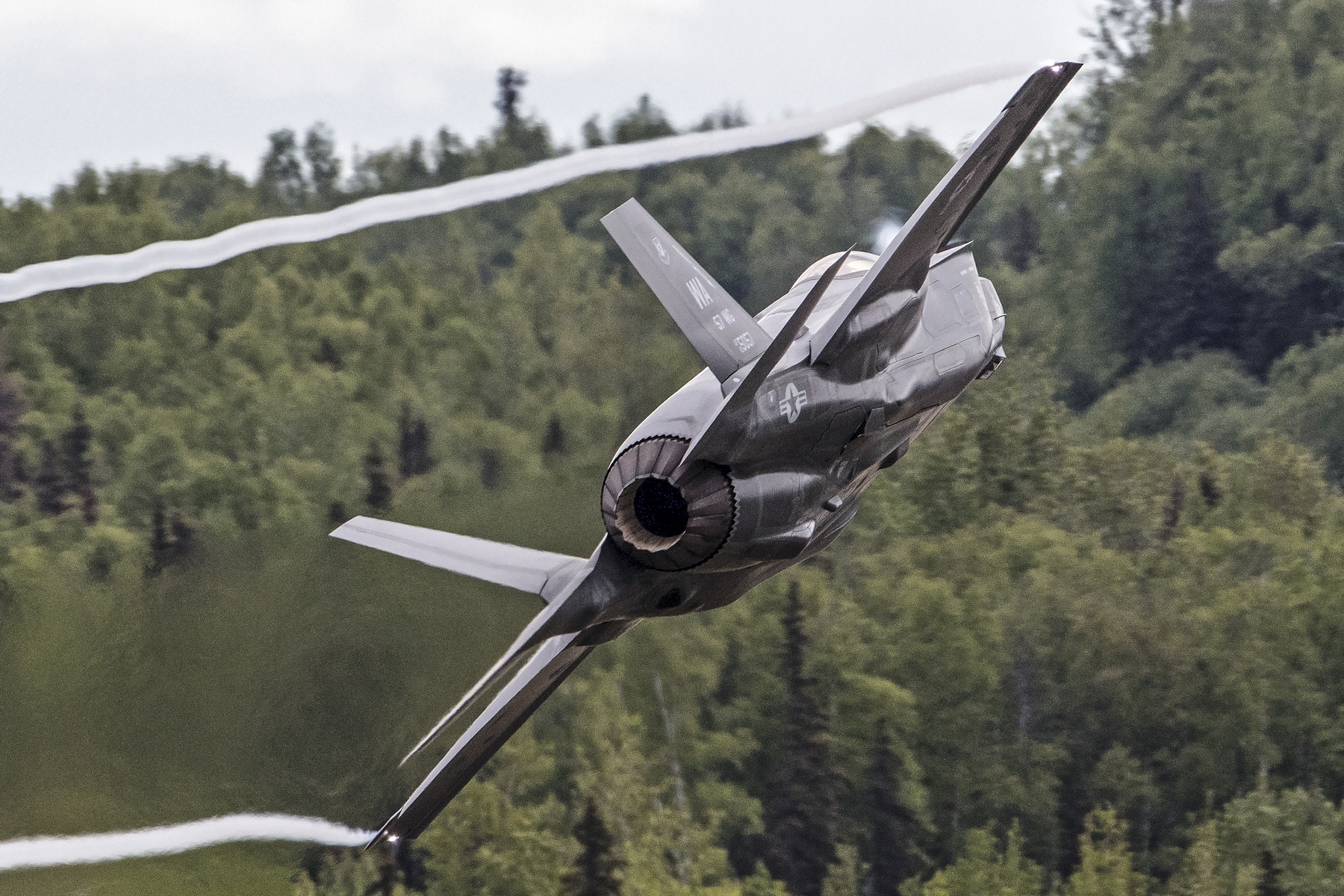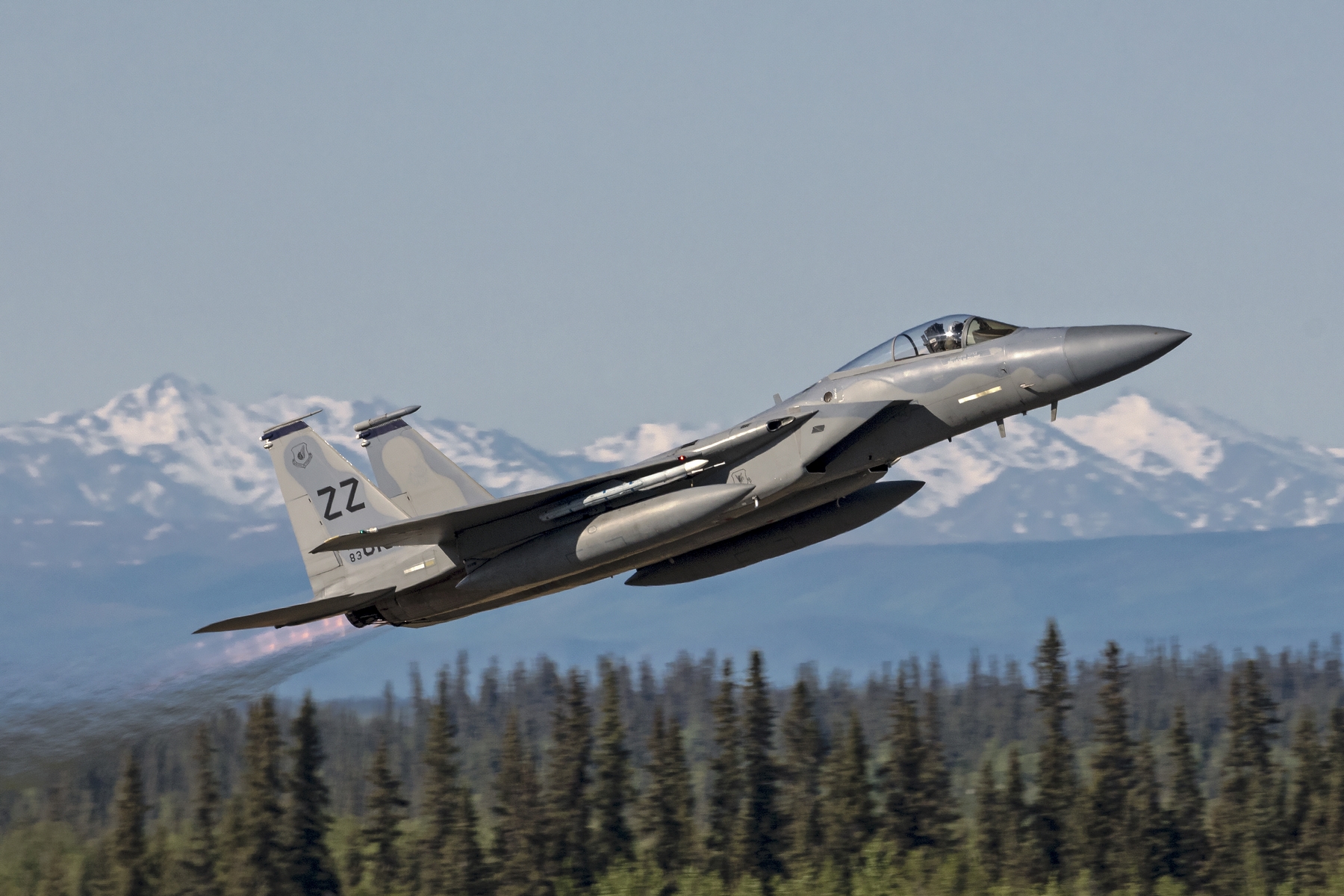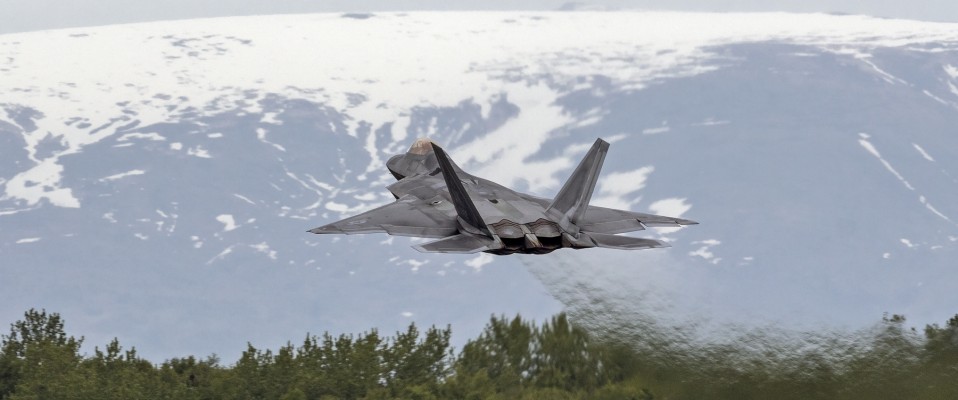Northern Edge 2019
By Hans Antonissen and Patrick Roegies
Photos by: Hans Antonissen
Introduction
From Monday 13 May until Friday 24 May 2019 the bi-annual exercise Northern Edge 2019 took place in the northern state of Alaska comprising the participation of approximately 200 combat aircraft and 10,000 military personnel of the military services Air Force, Navy, Marines and Coast Guard.
“Alaska is not only the most strategic place in the world, Alaska provides the exercise with 110,000 square miles of space between the joint pacific, air ground range and Gulf of Alaska which enables the exercise to train according to a set of objectives and a level of intensity that cannot be replicated anywhere else” according to United States Air force Brigadier General Daniel “Rock” Hieres, exercise director for Northern Edge 2019.
Exercise Background
The Alaskan premier joint exercise Northern Edge exercise found its roots almost half a century ago and originated in 1975 as the Jack Frost exercise. With the exception of 1978 three Jack Frost exercises took place until 1979 in which the exercise evolved into a joint forces exercise. The final Jack Frost event took place from January 10 to February 15, 1979 and the exercise included the training of command and control techniques including procedures for joint task force operations. Later that year, US Readiness Command was notified that the name used for the exercise was prohibited and was renamed to “Brim Frost”
The first edition of Brim Frost was organized in 1991 and five US readiness command editions took place until 1989 under this exercise name. The exercise, again, evolved in participation level from 18,0000 servicemen to 26,000 servicemen in 1989, introducing numerous communications initiatives such as AWACS, satellites, and electronic intelligence to the exercise.
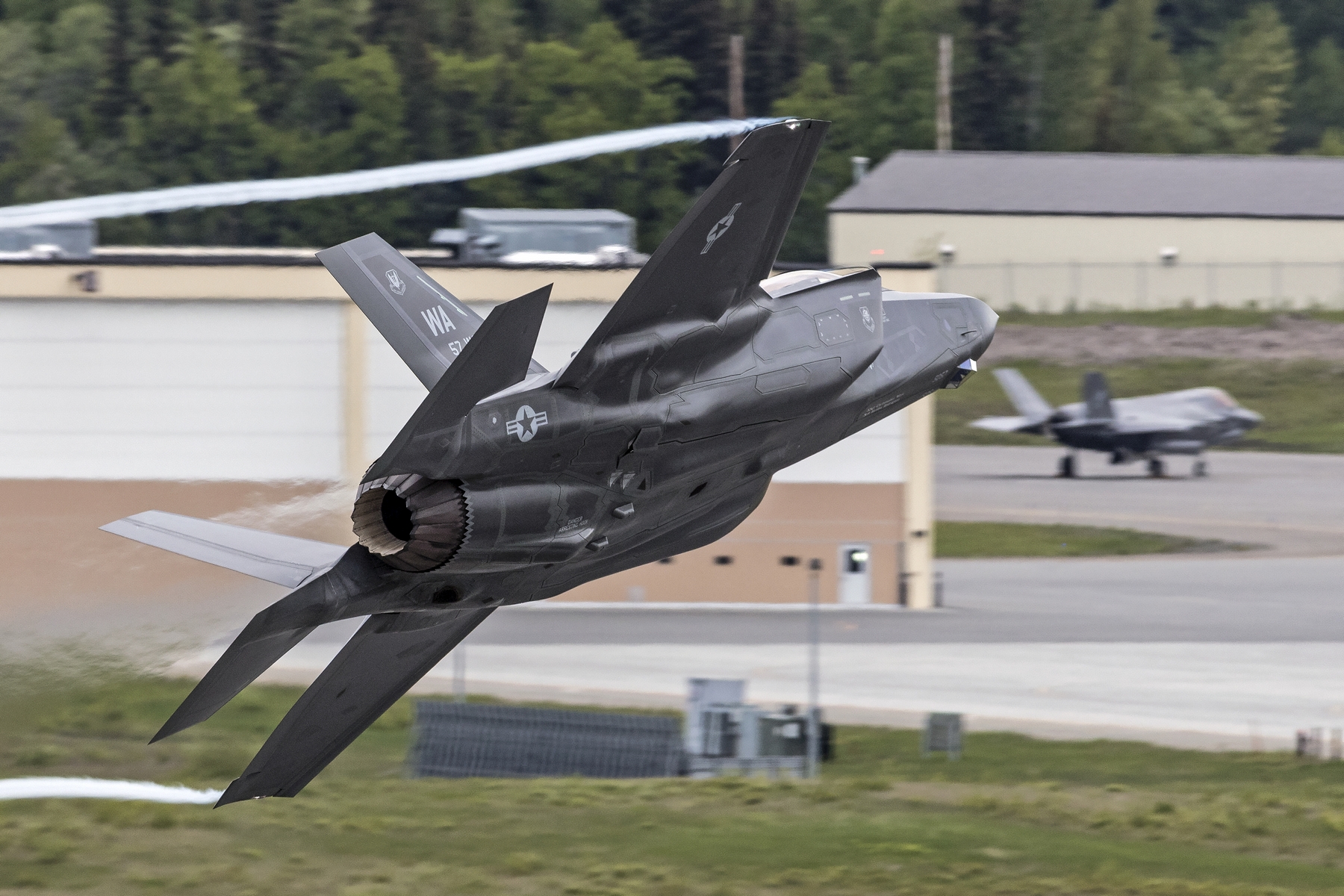
In 1991 Brim Frost was renamed again to Arctic Warrior as a result of the re-establishment of Alaska Command in 1990. As a direct effect, the exercise sponsorship was transferred from Forces Command to Pacific Command. The exercise again evolved in this period featuring live firing missions. The next edition organized was renamed to Northern Edge which took place in 1993. During the 1995 event three stages of the exercise were introduced which meant the exercise period was to be extended to over one month. This event tested and validated ALCOMs ability to field a deployable joint task force. The exercise kept evolving and will keep evolving in the future. The primary exercise goal is to integrate operation techniques and procedures, enhancing the participating forces abilities to work together anywhere in the world.
Northern Edge 2019
Brig. Gen. Hieres, “the purpose of Northern edge comprises three main objectives we are aiming to develop during the exercise. The primary goal is the development of the tactical skills, air interdiction, air-ground, air interdiction of sea targets, and the second objective is the development of the communication and the third objective is the development of command and control”.
In its current shape Northern Edge is a bi-annual designed to replicate a series of potential crisis that could occur in the Indo-Pacific region. Specifically, it is to develop the combat skills of Naval, Marine and Air Force aviators, and ground personnel to be able to respond to crisis, hone tactical skills, command and control and especially interoperability with other sister services. The 2019 event included the participation of an aircraft carrier battle group after an absence of almost 10 years bringing a full complement of naval air power. The 7th Marine regiment also participated and they have come up in elements to form a special purpose air-ground task force that is fully integrated air and land.
“Northern Edge is a joint training exercise that allows aviators and other operators to train against a very robust adversary threat scenario which gives them an opportunity to hone their skills and improve upon the areas which need it,” said U.S. Air Force Maj. Larin Wong, a Pacific Air Forces planner for NE19. “This bi-annual exercise really allows our force to practice new tactics and techniques for future combat operations and weapons employment.”
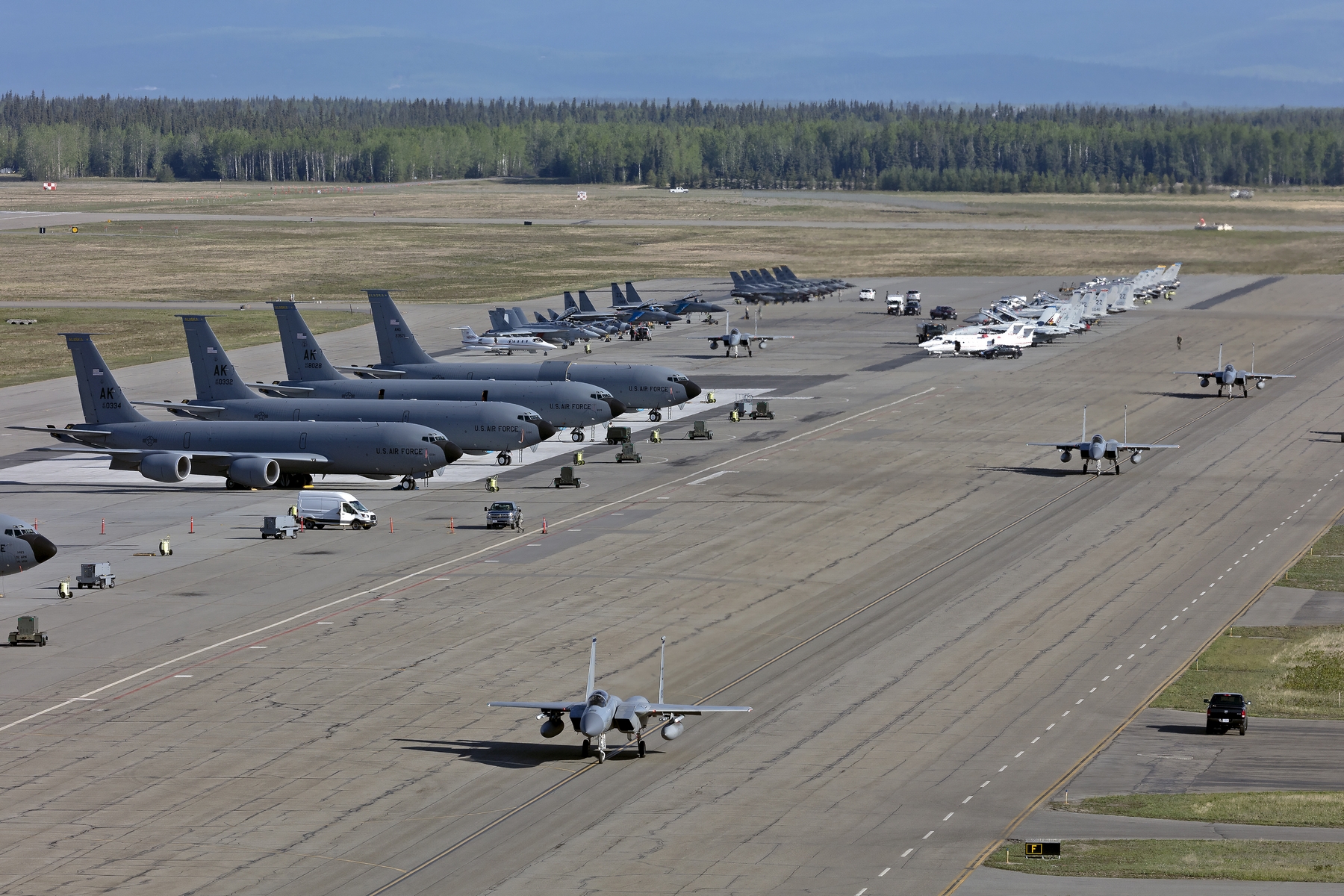
Additionally, this allowed joint force units from the Air Force, Marine Corps and Navy to train together and enhance interoperability between the branches.
“It’s a joint fight,” said Wong. “That is why being in Alaska is so advantageous to us, I don’t think we have another space that has as big of a training area combining air, land and sea. Being here allows us opportunities to work communication lines and practice command and control of both air and ground working a coordinated fight with air and sea to make sure we can utilize the right tactics and perfect our capabilities as a force.”
Wong said the lessons from the exercise benefit more than just the participating units because individuals who experience this training are able to take their new tactics, procedures and inter-service experiences with them as they move on to in their careers to units throughout the world.
Second time F-35 participants were VMFA-121 Green Knights bringing the “B VTOL” (Vertical Take Off and Landing) model from Marine Corps Air Station Iwakuni. Japan. According to Lieutenant Colonel Michael Rountree, commanding officer of the Green Knights, one of the main drivers for them to come to Northern Edge was, besides doing the regular NE missions, to operate forward arming and refuelling points for several days. This means they would start out of Joint Base Elmendorf-Richardson (JBER) with a regular NE mission and after completion they would fly to their forward operating location get the aircraft turned around, plan and do the next NE sortie from that location before returning to JBER. This was kind of an exercise within the exercise. Sorting everything out and especially getting all the logistics at the right place in the right time. With the block 3f capability the F-35B’s from VMFA-121 have already passed the first few chapters as an operational unit and are “right there now” as Rountree puts it. “NE is one the most robust venues we can participate in, it is fighting the way we would actually fight as part of a joint force, Navy, Air Force, Marines, 4th and 5th gen aircraft all working together to an end so this was probably the best training, large force exercise, we can get”.
The bad guys
During the exercise, adversarial support, or “red air”, was provided by both the U.S. Air Force 18th Aggressor Squadron F-16C Fighting Falcons and Airborne Tactical Advantage Company (ATAC) Hawker Hunters MK-58 to afford realistic training opportunities to friendly, or “blue air” units.
Eielsons 18 AGRS, together with 64 AGRS at Nellis AFB, Nevada, are the only units within the United States Air Force inventory that are dedicated adversaries, replicating the flying styles and abilities of foreign air forces in order to train USAF pilots against realistic opposition. Their aircraft are painted in different paint schemes, representing the threats they are supposed to duplicate.
“We are the primary threat replicators during this exercise,” said Lt. Col. Jason “Majik” Monaco, Commanding officer of the 18th Aggressor Squadron. “It’s Indo Pacific Command’s largest joint exercise which occurs every two years. The reason it’s such a big deal is because it allows all these units to come from around the world and then use the over-water airspace, over-land airspace, threat simulator actors and ranges. Northern Edge provides unmatched training for all the pilots and support members involved”.
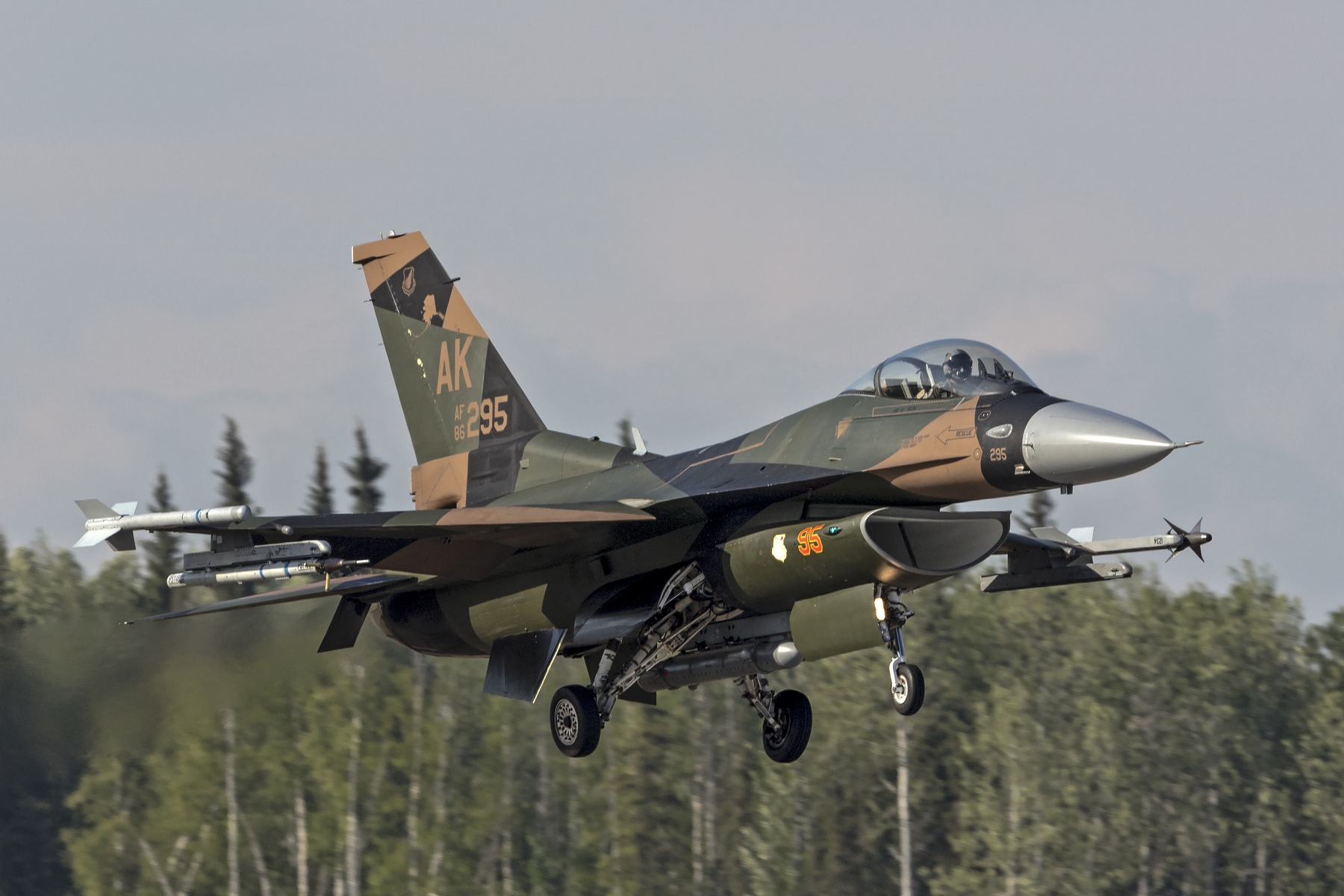
It is our role as ”MIG-1” which means we are the mission commander for all Red Forces but also the safety observer for the entire air battle and have to ensure safety comes first, no matter the scale or type of aircraft.
Although red air is vastly outnumbered by blue air we are allowed to regenerate multiple times after being shot down thus increasing our numbers significantly.
In normal exercises “blue air” pilots often are pulled to act as “red air” in order to provide enough opposition force to train against, Monaco says, this is minimized by bringing in dedicated threat replicators to provide more pilots from each “blue air” unit the realistic combat training required to maintain readiness and ensure lethality.
TTF (Tanker Task Force)
Northern Edge has seen a lot of tanker support originating from all over the country, with KC-10’s and KC-130’s operating out of JBER and KC-135’s at Eielson. “What is kind of unique for Northern Edge is that we have multiple airspaces which require a different approach for aerial refueling, we have to look at all the fuel requests in different airspaces and have to get the tankers up there on the requested time and place” said captain Darren Ward who is a KC-135 instructor pilot and is here during Northern Edge as a mission planner. You don’t see a mass launch as you often see during Red Flag exercises but a more staggered deployment of tankers. All the fuel requests first go to the central hub at JBER, they will look at them and see what tankers are available, how much fuel is needed and prioritize the fuel requests. “We come in pretty early during the planning phase” Ward says, “experienced mission planner know the best plan in the world does not work if you don’t have the fuel”. Major William Nana, who is the detachment commander of the KC-135 TTF flew all the way from Kadena Air Force Base, Okinawa, Japan with 3 KC-135’s from his own unit. A total of 7 KC-135’s were deployed to Eielson not including the ones from the local 168 Air Refueling Squadron, Alaska Air National Guard that are also a part of the TTF. He is very satisfied with the way things are going. “the 60 year old lady is still doing very well, even my father flew them and probably my son will do so too, she is built to last and proves it every day”. Although deliveries of the new KC-46 have started, the KC-135 still remains the backbone of the Air Force’s tanker community and will be for the foreseeable future.
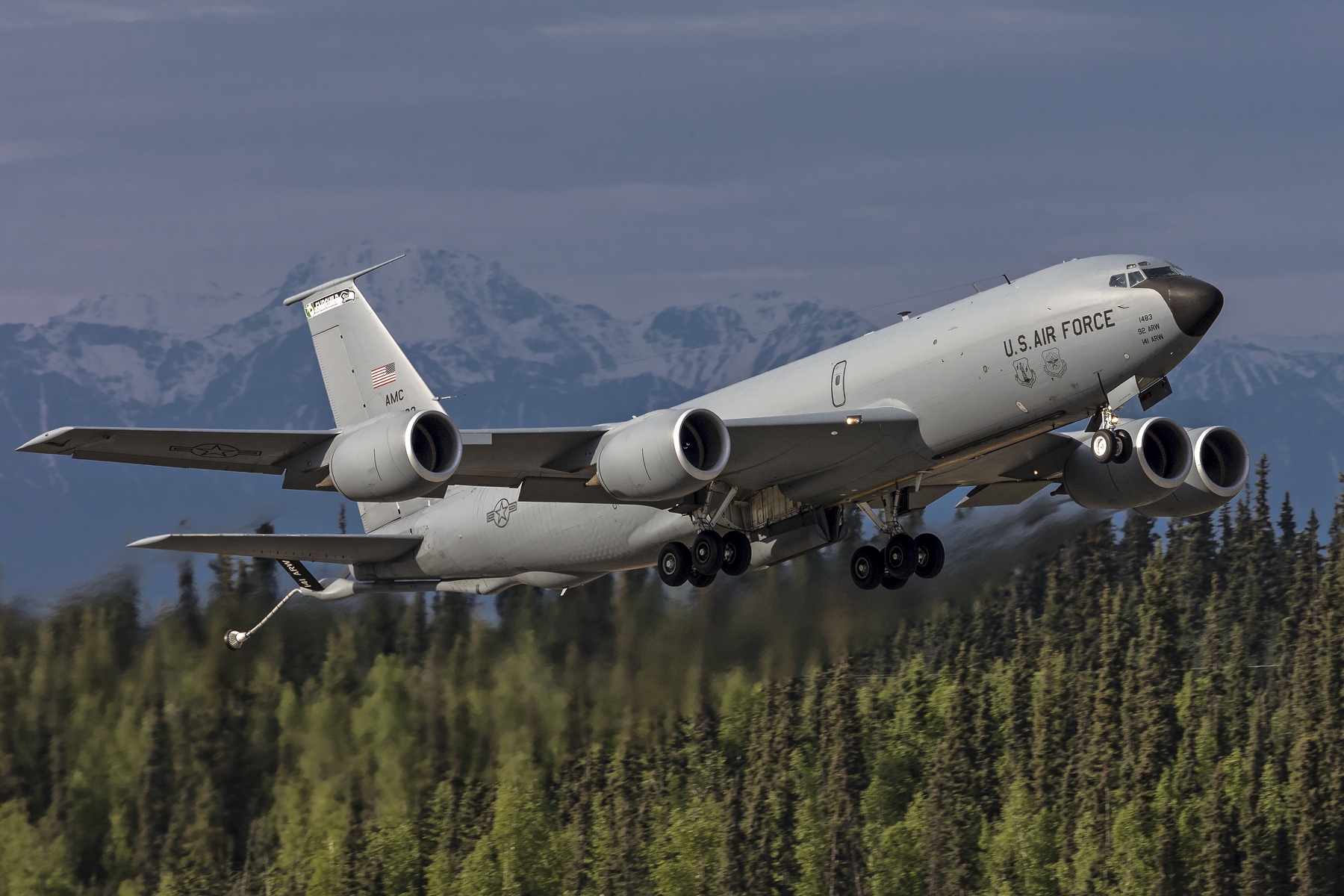
Navy comeback
After an absence of ten years a United States Navy aircraft carrier CVN-71 USS Theodore Roosevelt participated in this year’s edition of Northern Edge. Naval Air Station Lemoore based Carrier Air Wing 9 was embarked on the USS Roosevelt during the exercise. The carrier arrived in the Gulf of Alaska just before the exercise commenced.
The participation of a carrier is in accordance with the strategy of the Pentagon with the focus on defense. With their participation the Navy further develops their commitment to Arctic security and operations in Alaska. The Arctic ice cap area has decreased significantly, and this increases trading routes and sea-lanes that will be accessible over longer periods of the year. Therefor it becomes incredibly important that the Navy continues operating in the Arctic region to protect this vital area and integrate this area into the national defense strategy.
During Northern Edge the Carrier Air Wing strike group had the opportunity to train their primary mission which is providing prompt and sustained combat operations at sea while being re-acquainted with operations in the Arctic. Any time a carrier air wing can get to sea conducting sets of different missions enhances the air wings abilities while operating with a joint force is invaluable.
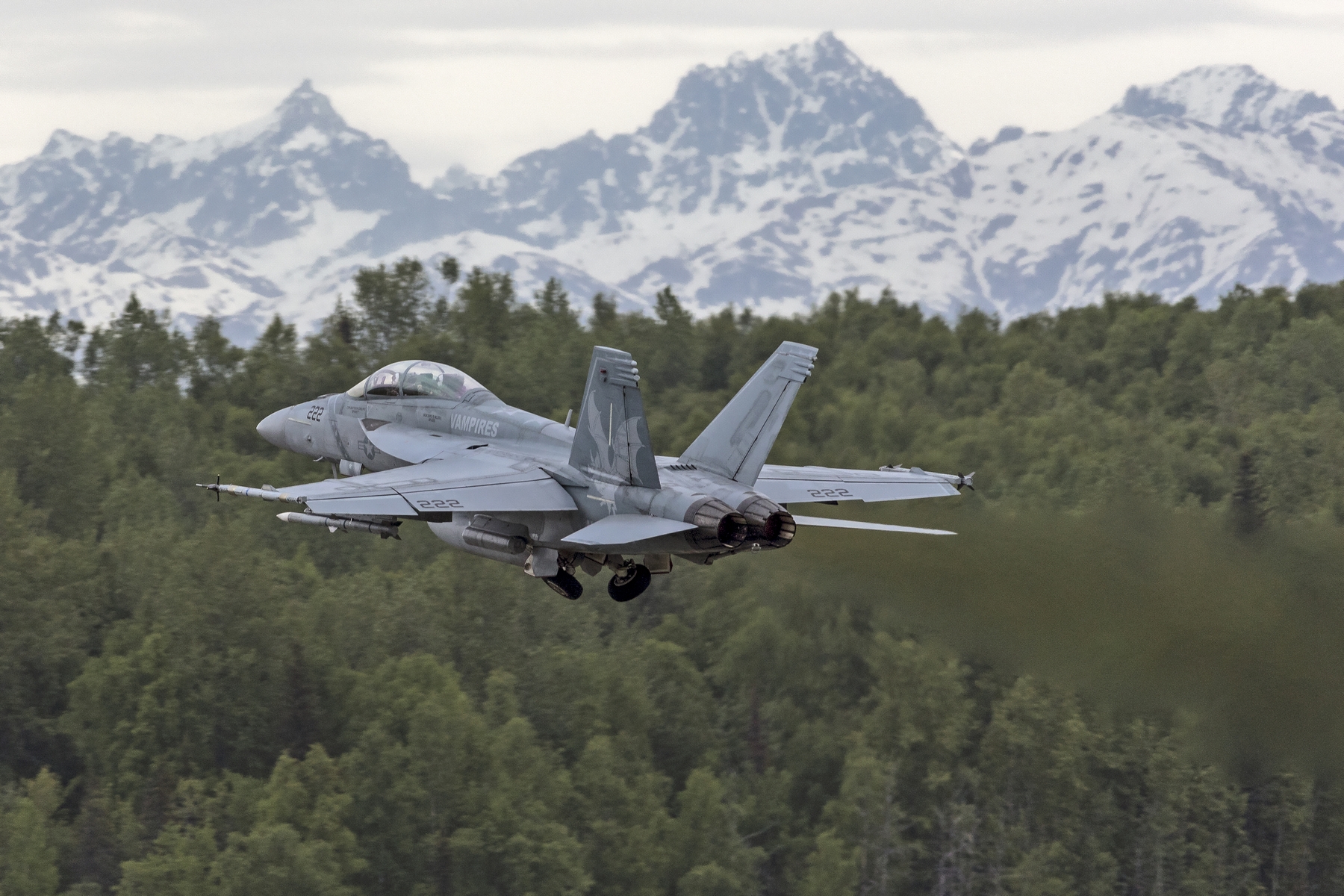
Northern Edge is one of the premier exercises for the INDO-PACIFIC commanders with the exercise being designed to sharpen all of the crews skills, tactical combat operating skills, improve our ability to command and control forces, establish those command relationships; develop our communication networks; with an overall goal of increasing interoperability within the joint force, particularly in the INDO-PACOM region.
The exercise covers command and control over both land and maritime domains, and the carrier air wing, but also the participating destroyers, are all integral combined to the specific mission set of that day and are sharing information and work together under a single joint force commander.
The crew was excited to participate in the joint event, which would pair the carrier air wing’s assets with ground-based Navy P-8A Poseidon maritime surveillance aircraft, but also Marine Corps F-35B Joint Strike Fighters and KC-130 refueling aircraft, and Air Force jets such as the F-22 Raptors and F-15 Eagles. Any event that incorporates multiple types of aircraft to work in a range of mission areas as a part of a joint force is incredibly valuable, which will increase the carrier air wings readiness and our lethality across the board.
Conclusion
Northern Edge is the largest joint US military training exercise in the region. Aircrews completed more than 1,400 sorties, spent 3,900 hours flying and delivered approximately 15.1 thousand gallons of fuel throughout the 12-day exercise.
“Northern Edge, first and foremost, is used to replicate our most challenging Indo-Pacific theatre scenarios,” said Lt. Col. Ty Bridge, Pacific Air Forces exercises division deputy division chief, assigned to Joint Base Pearl Harbor-Hickam, Hawaii. “To be able to perform joint interoperability, tactics and procedures, and to be able to utilize the entire capabilities available to the Joint Pacific Alaska Range Complex and Gulf of Alaska.”
Bridge said the goals for the exercise were to assess advanced equipment and future operations and to put those plans through significant rigor to ensure that what is being proposed is effective and allows service members to hone their skills.
Brig. Gen. Heires sums it all up “My confidence in our future ability to dominant the air, land and sea fight, have never been higher”.
We would like to express a very big thank you to Public Affairs Northern Edge, especially to 1st LT Keyshel Trudell and SrA Eric Fisher at Eielson AFB and LCDR Christine Gargan and 2nd LT Daniel Rubio at JBER.
